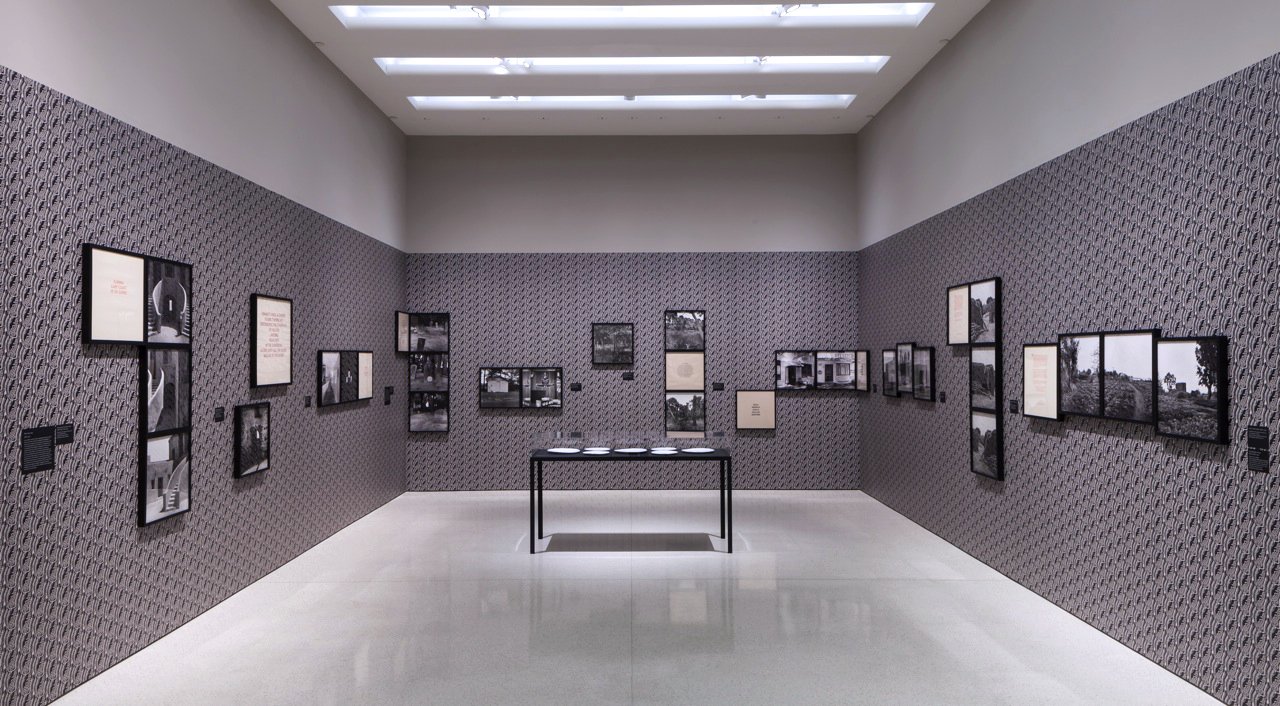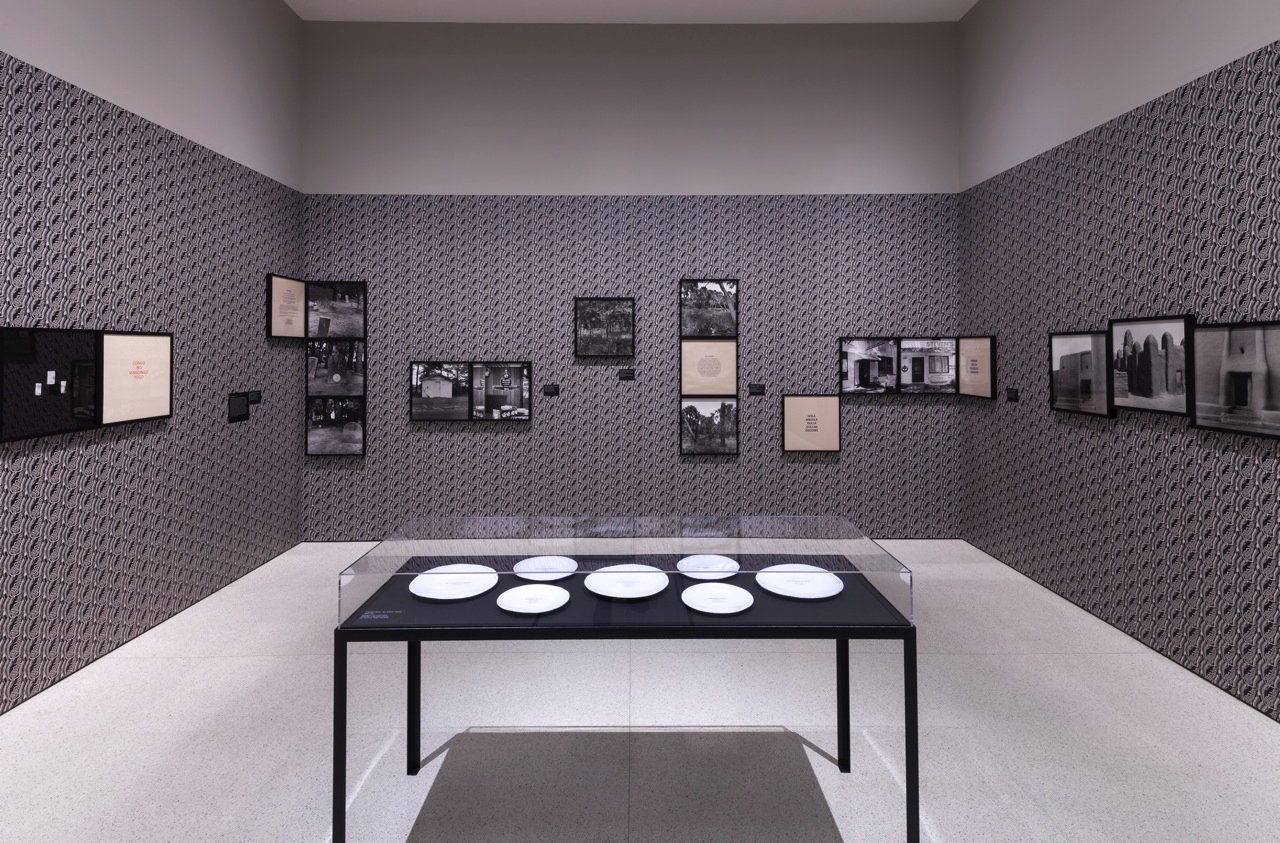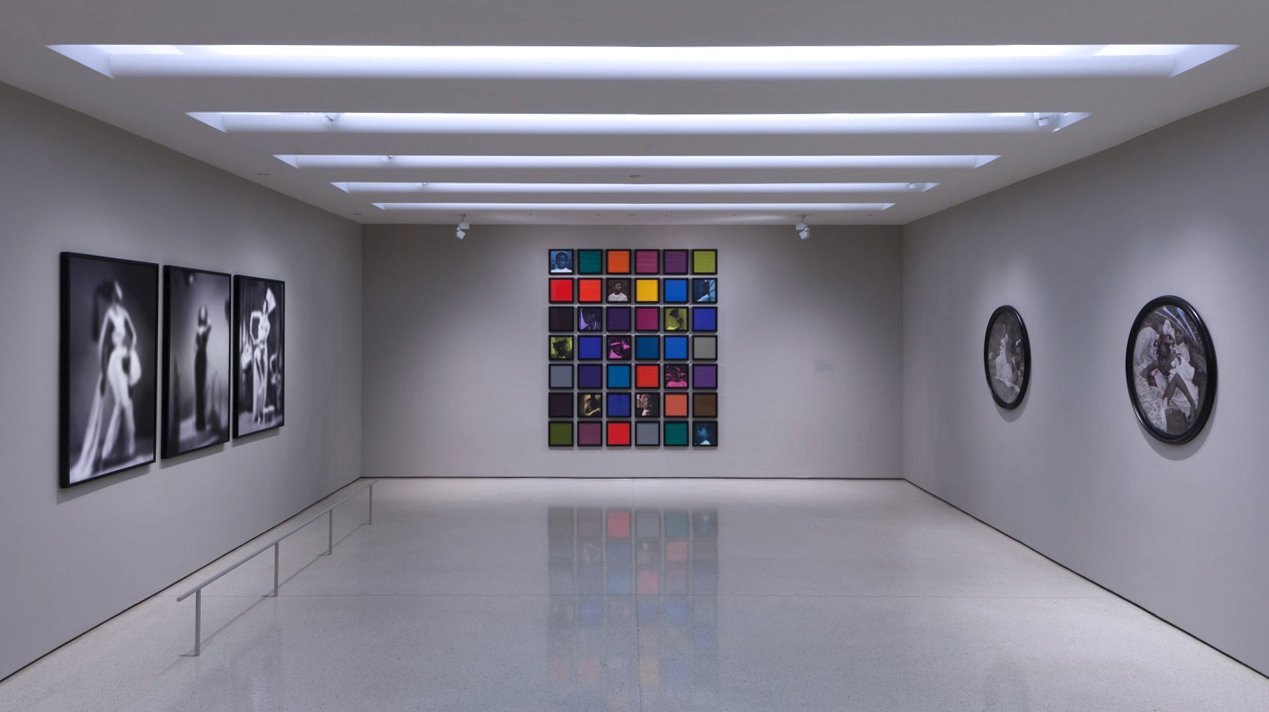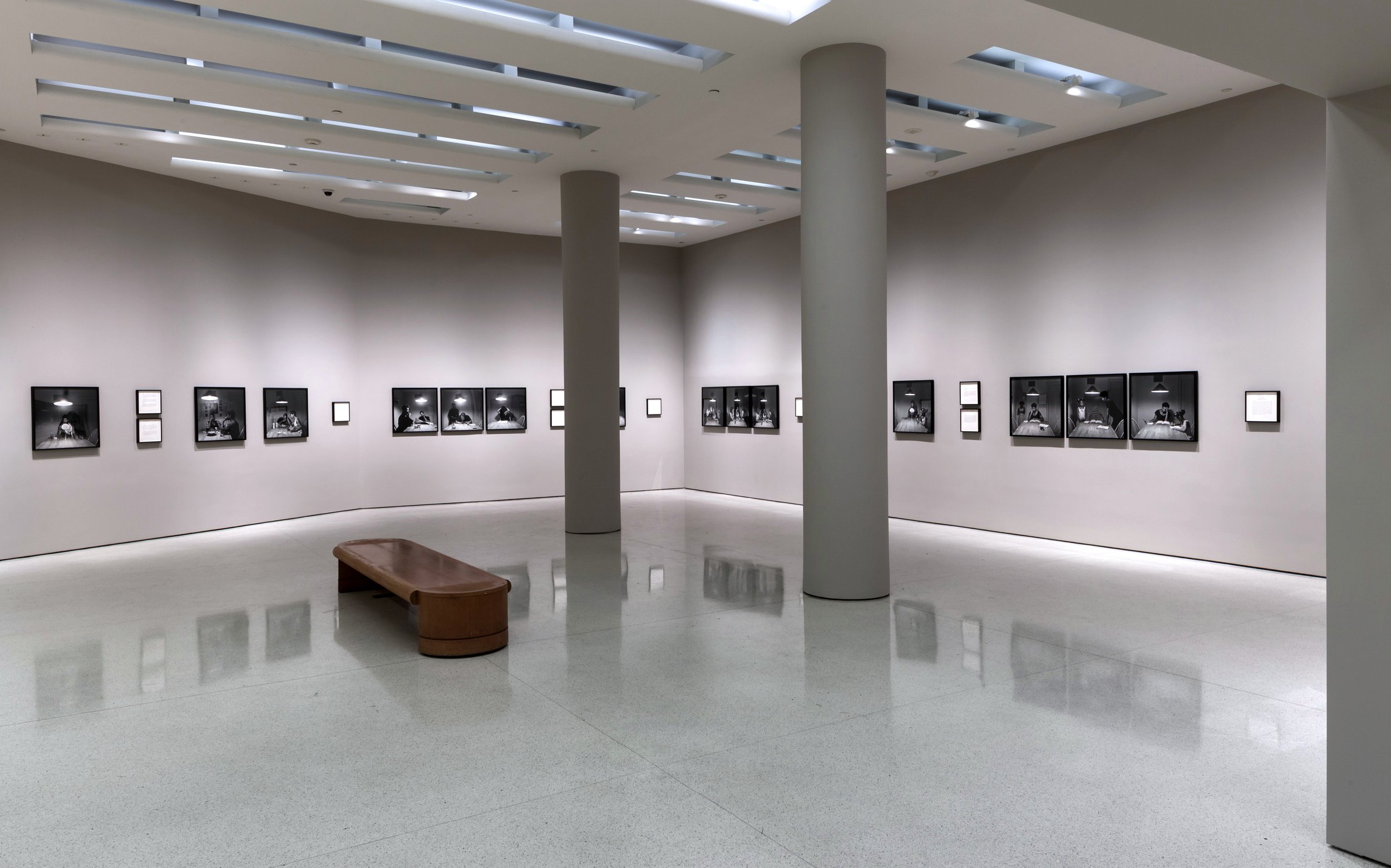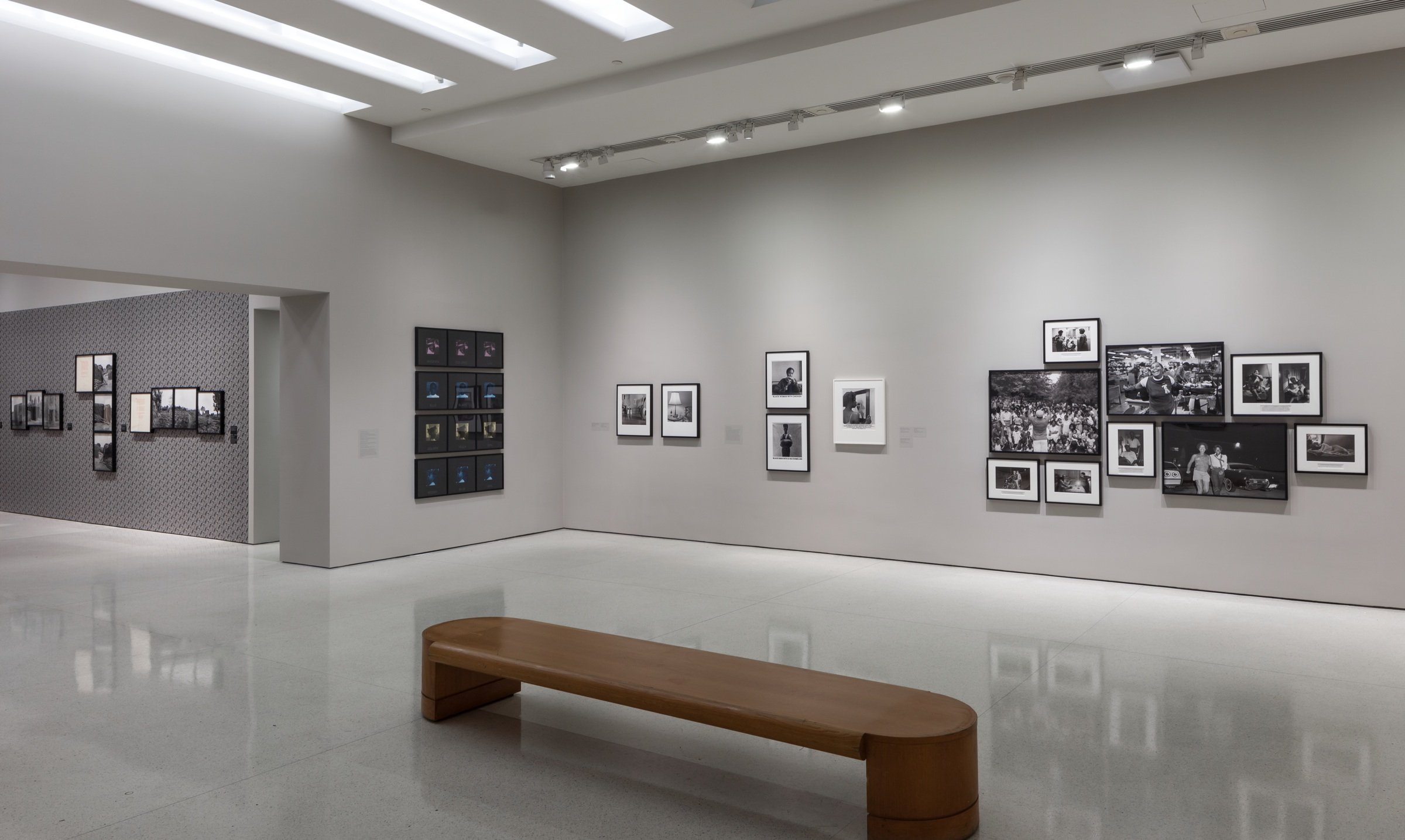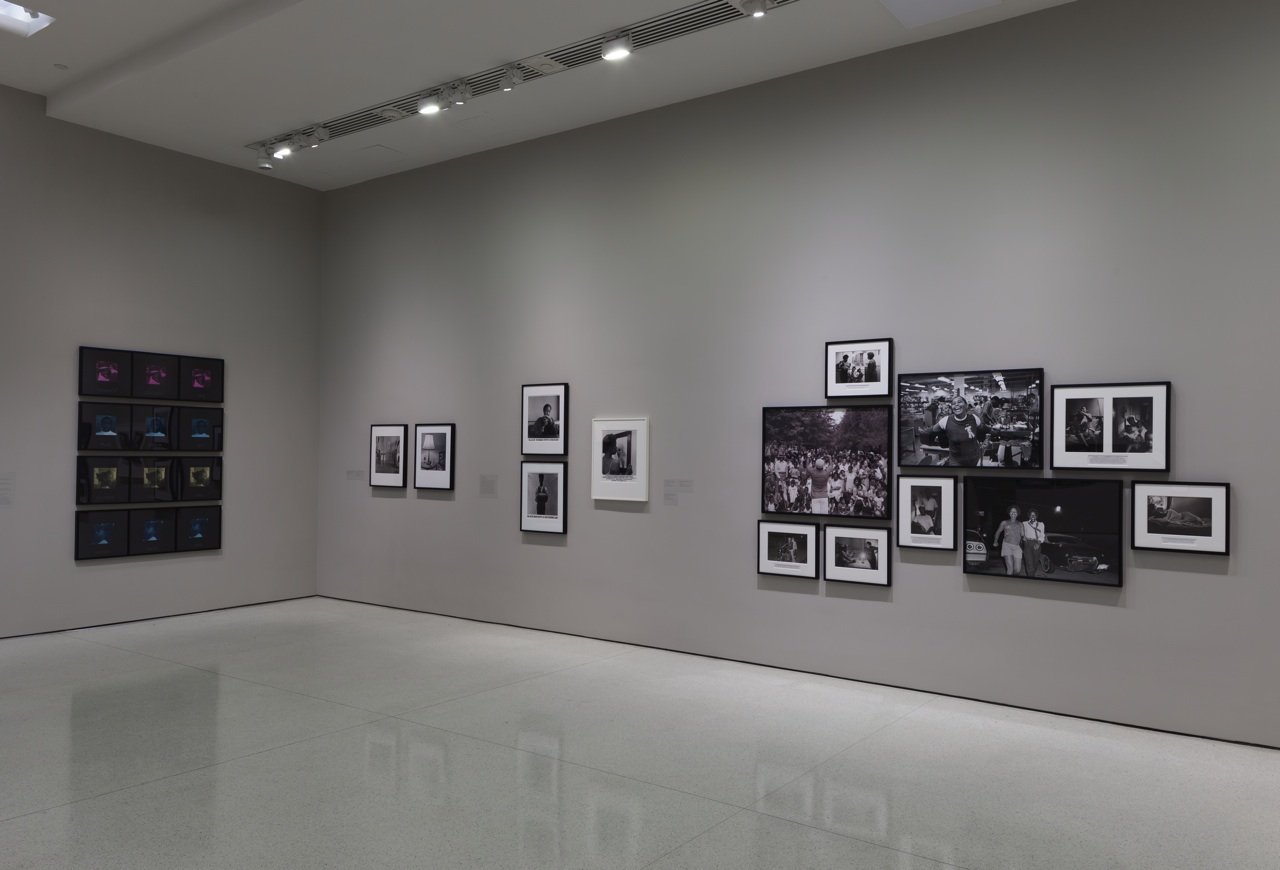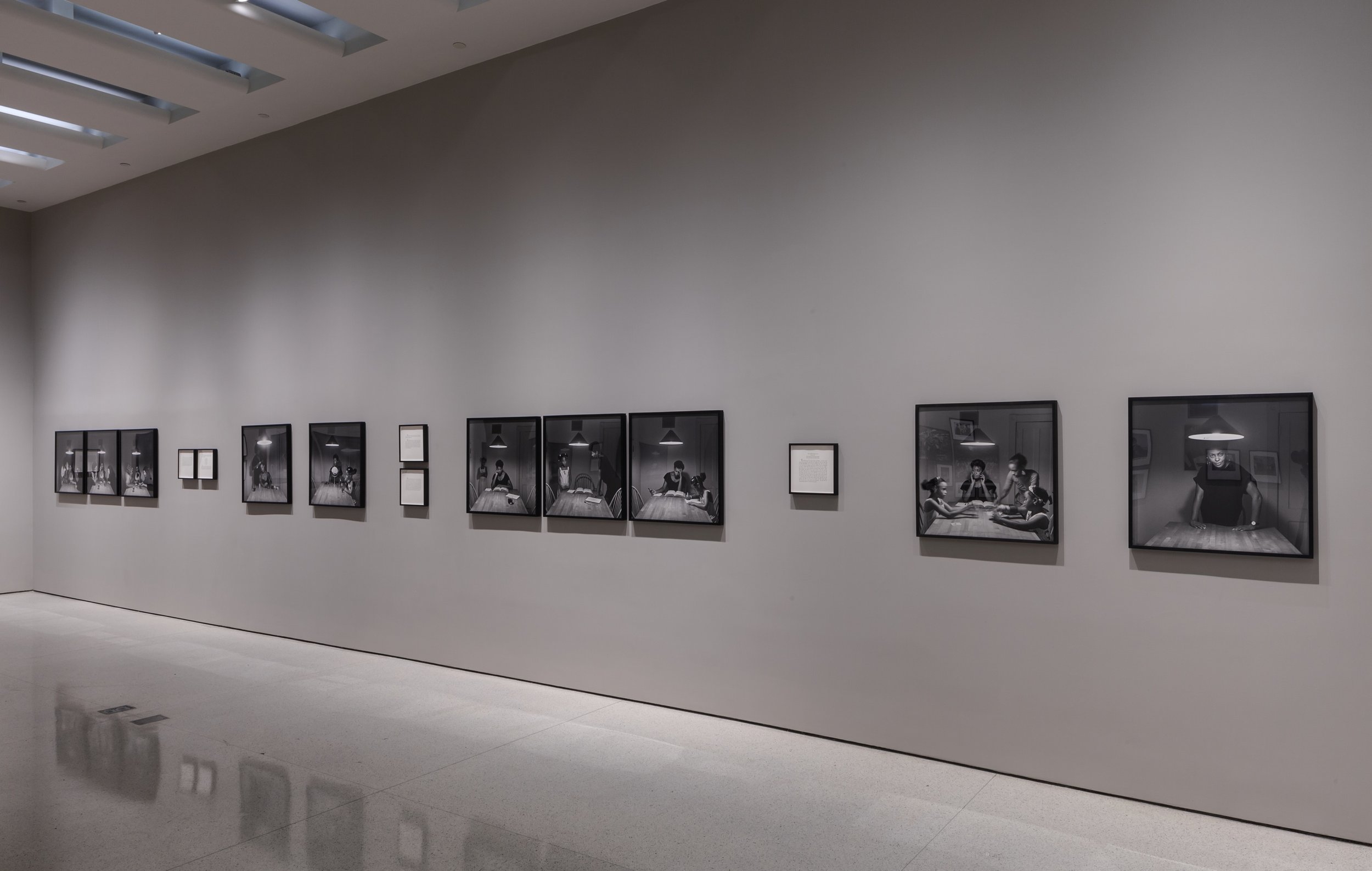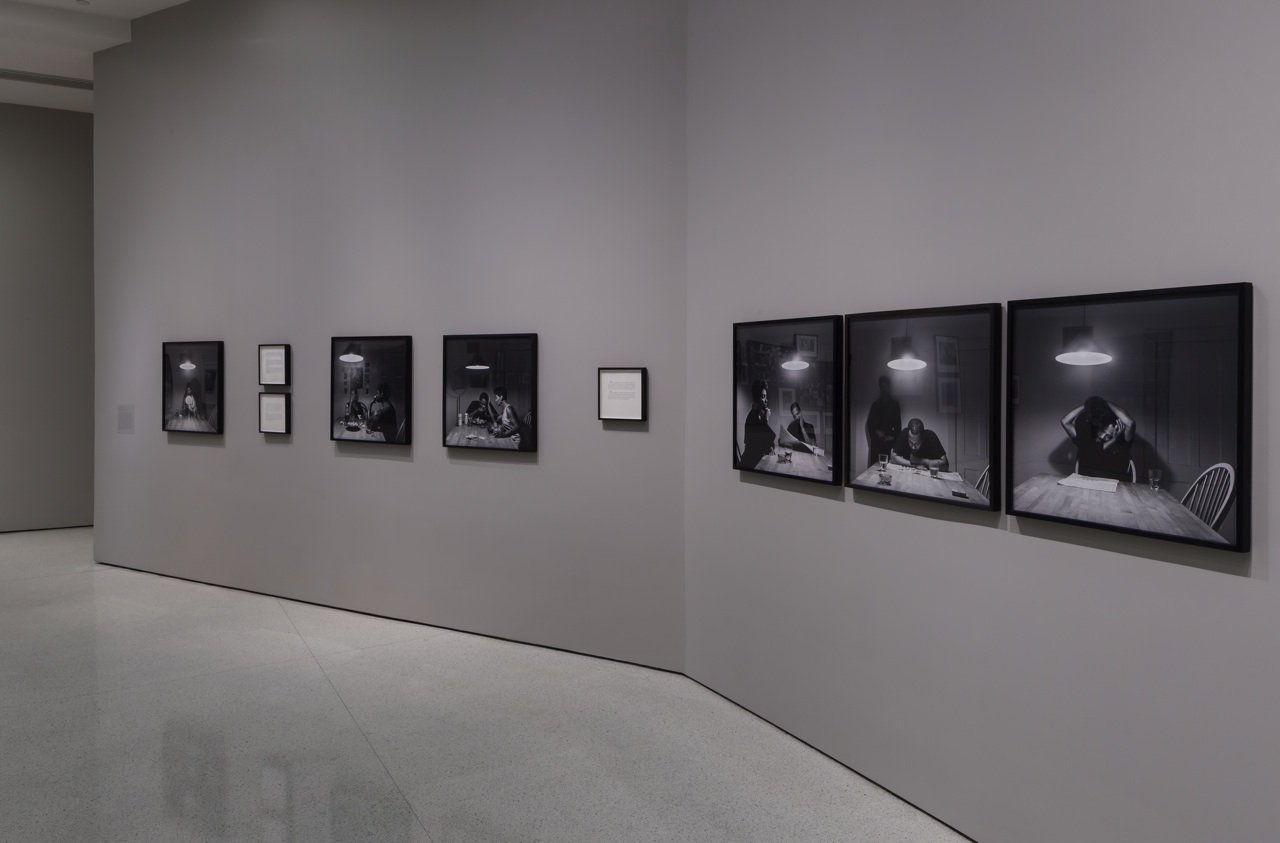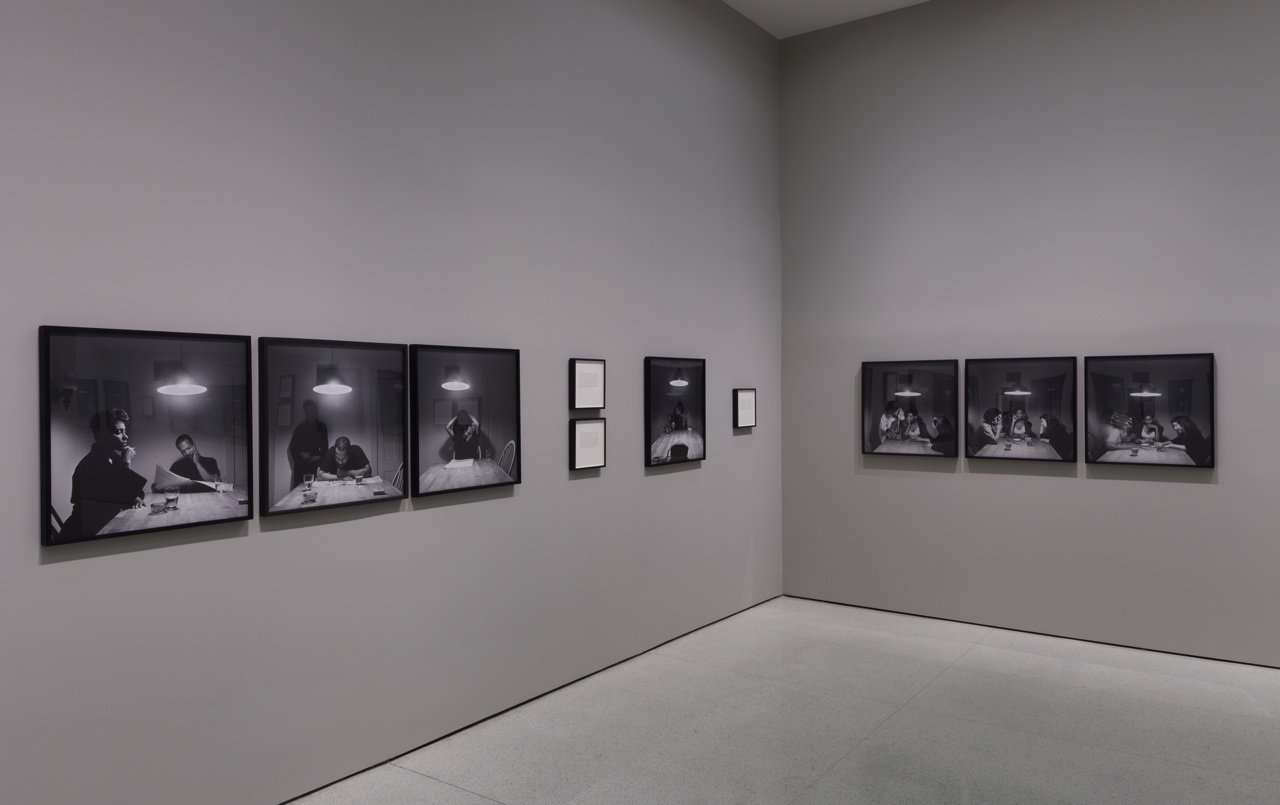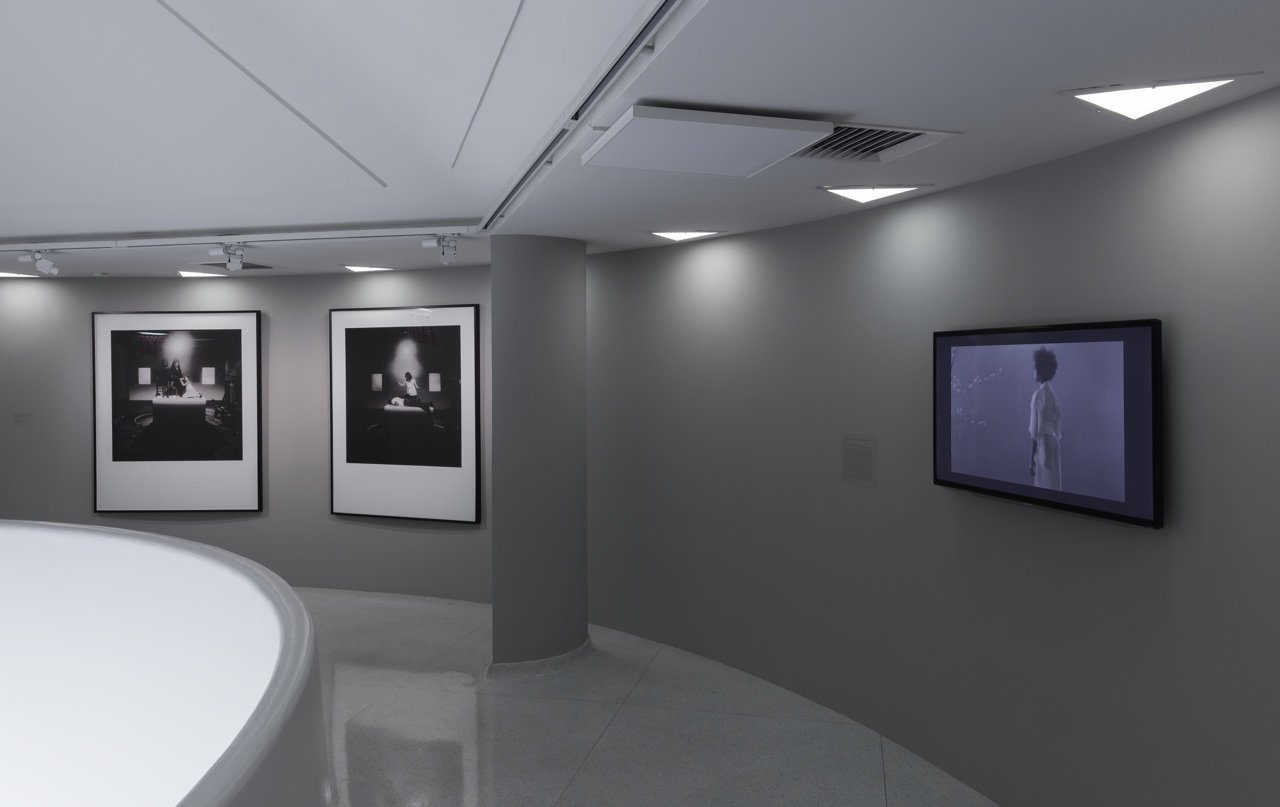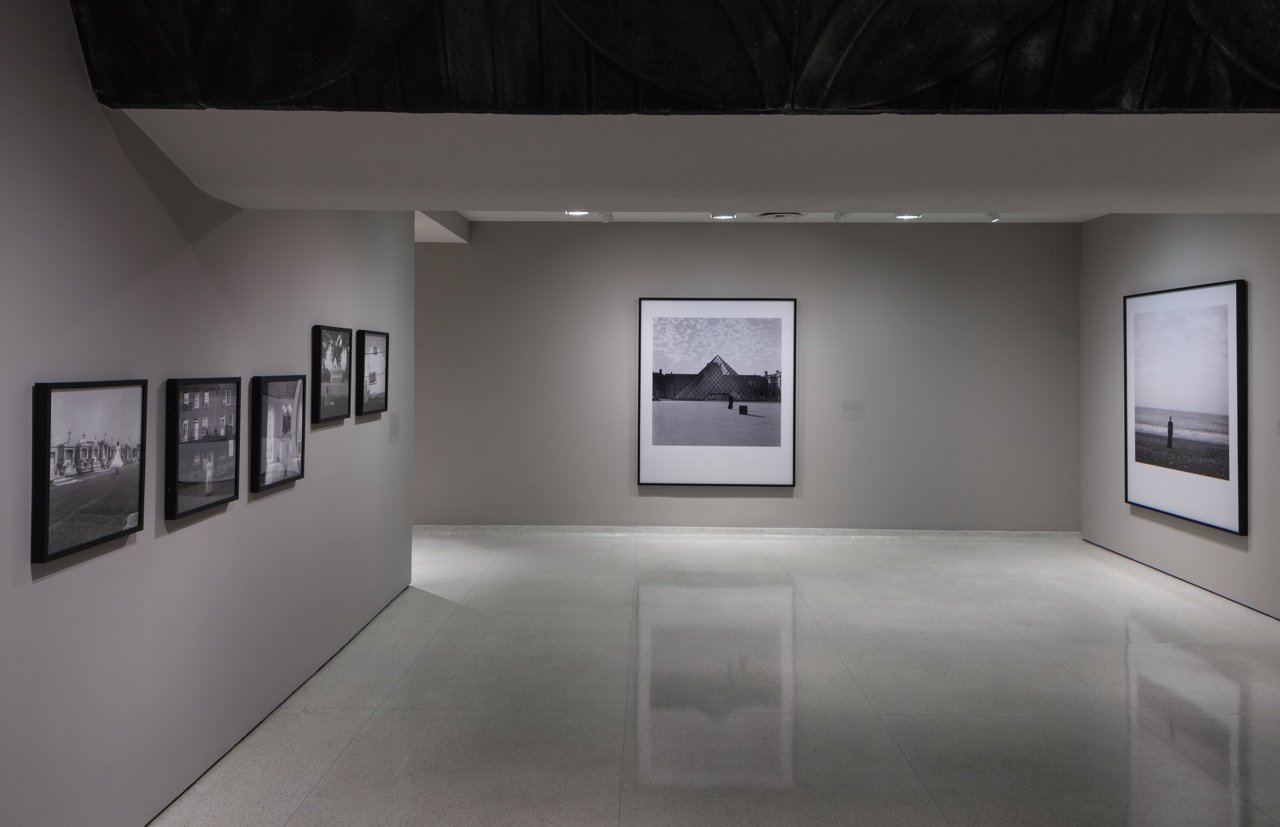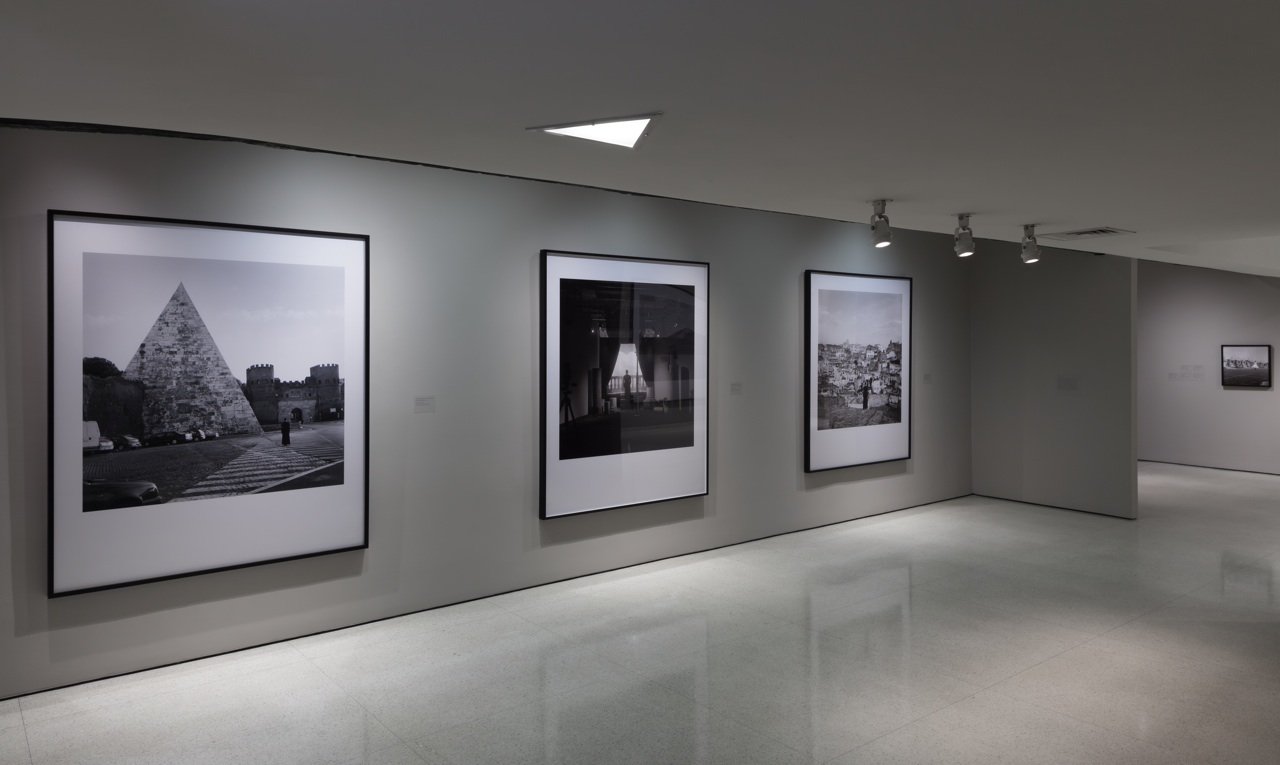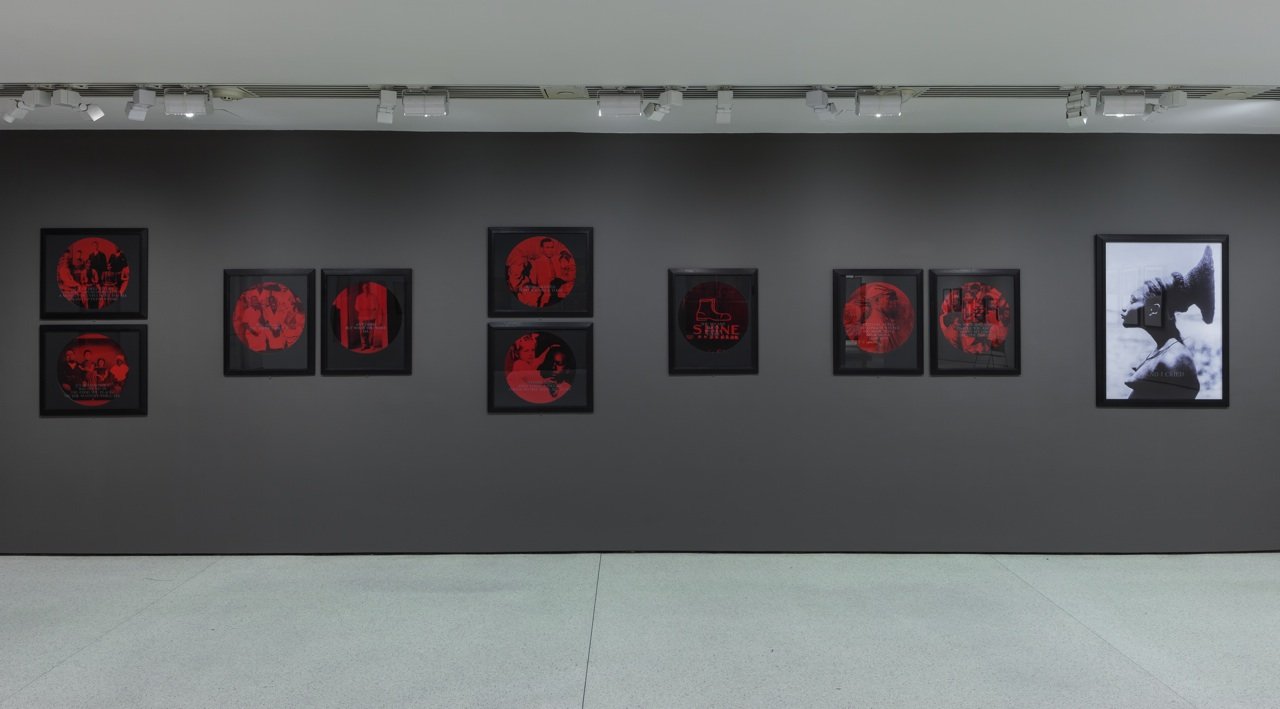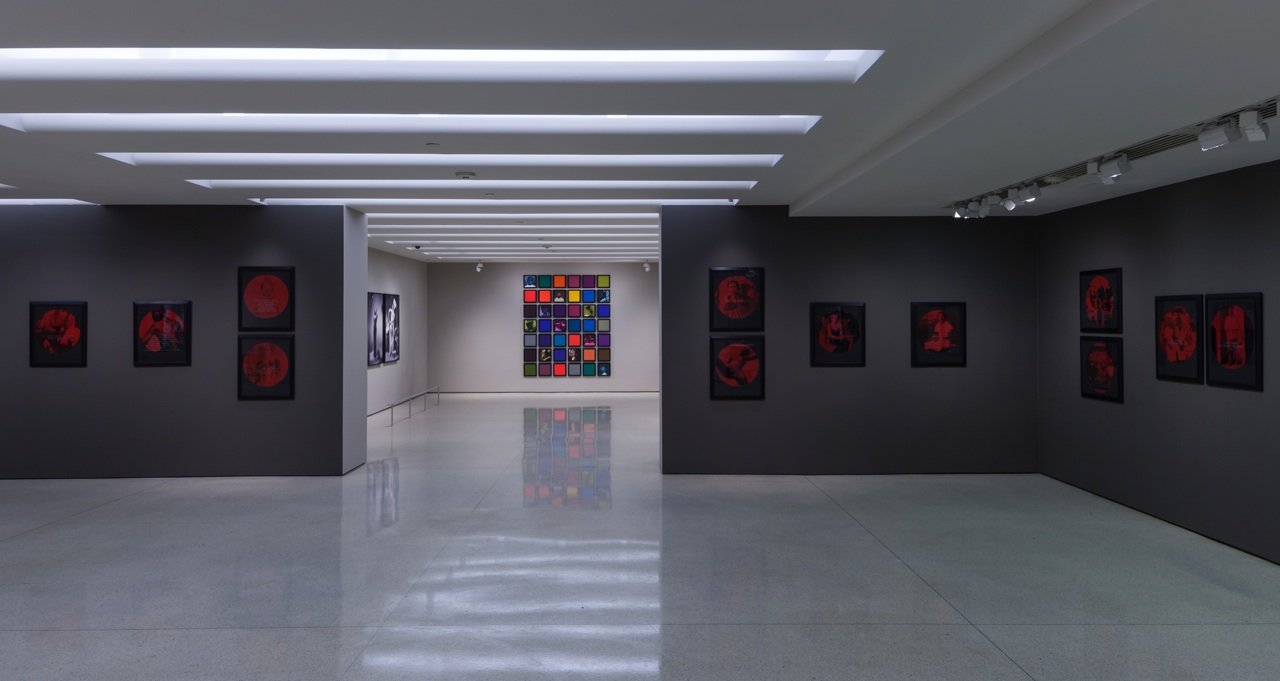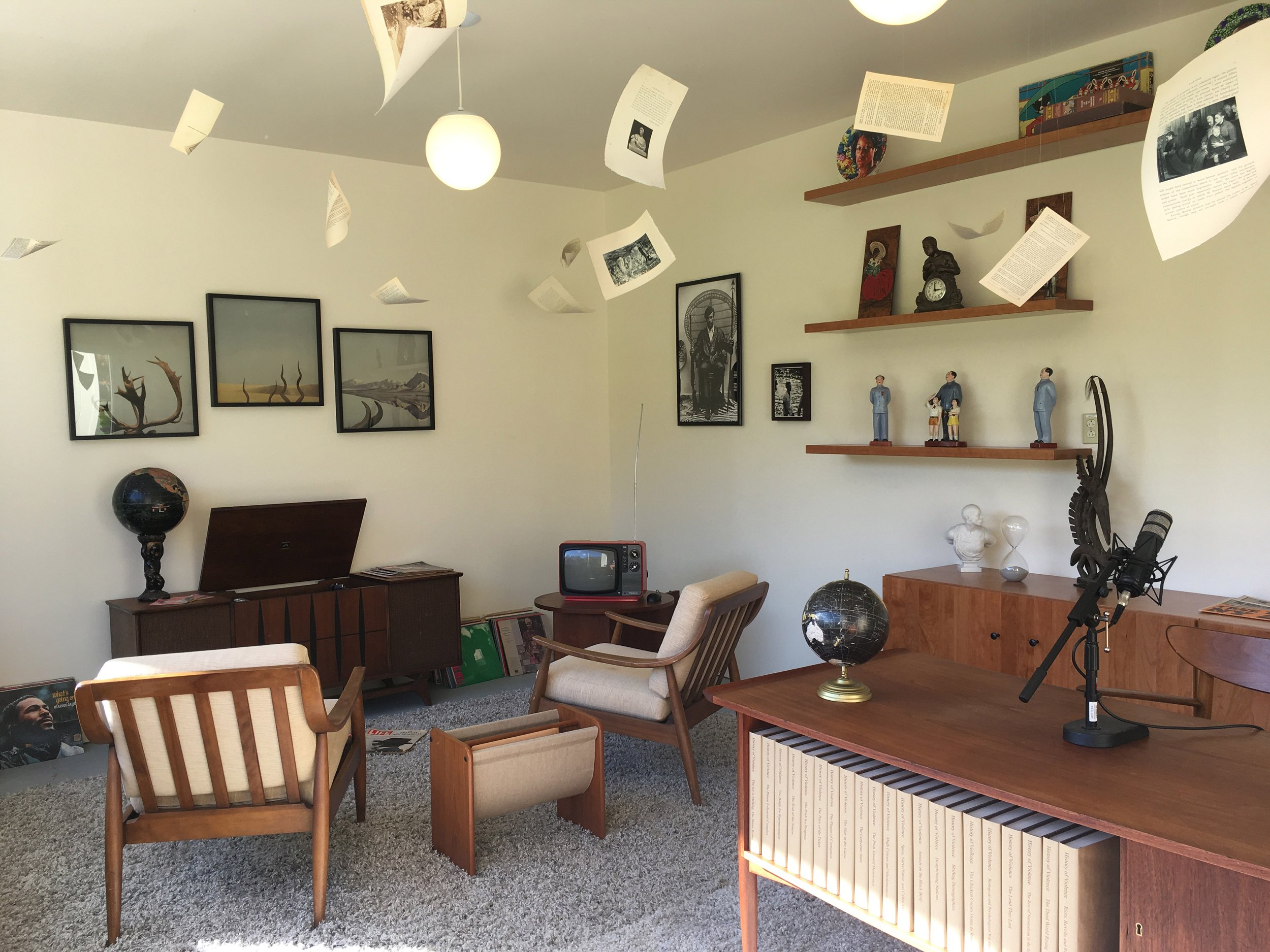The Shape of Things
Carrie Mae Weems, an artist who has consistently and poignantly addressed the conditions of race in the United States, will create a multi-work installation and series of performances titled The Shape of Things. Weems’ unflinching gaze at what she describes as the “pageantry” and “circus-like” quality of contemporary American political life find form in a series of large-scale installations and a cyclorama (a panoramic image on the inside of a cylindrical platform) of six to eight projections of new and existing film footage where Weems addresses the turmoil of current events and the “long march forward.” Suggestive of a 19th-century carnival with dioramas based on spontaneous street memorials, peep shows, and a Pepper’s Ghost, The Shape of Things is an incisive, powerfully emotional, and critical reflection on events both deeply embedded in American culture and history and the explosive events of the past year.
Accompanying Carrie Mae Weems' "The Shape of Things," "Land of Broken Dreams" is a large-scale, multidisciplinary convening and concert series that activated the Armory with a wide range of conversations, presentations, and performances featuring artists, poets, singers, dancers, thinkers, and scholars sharing work and exploring some of the most urgent issues facing society today.
Land of Broken Dreams: A Case Study
Land of Broken Dreams: A Case Study (2018) is an interactive installation that expands on Carrie Mae Weems’ decades-long exploration of history, violence, and power in the United States. Mid-century modern furniture and analog media from the 1960s, such as View-Master stereoscopes and copies of Life magazine, encourage viewers to pause and immerse themselves in the cultural atmosphere of that pivotal era. References to the Black Panther Party abound, from photographs of party leaders to a summary of their Ten-Point Program, a manifesto calling for structural change at every level for the liberation of Black and Third World people in the U.S. On the east wall, the photographic installation The Push, the Call, the Scream, the Dream (2020) combines Weems’ own photographs with archival images from the 1960s. She created this work in response to the death of U.S. Representative and Civil Rights Movement leader John Lewis. In devising this immersive atmosphere, Weems invites us to consider how these histories of collective organizing, uprising, and mourning resonate within our contemporary moment.
It’s Over — A Diorama
Installation views from barbican and the park aveneu armory
“It’s Over — A Diorama” A door festooned with stage lights leads to a series of side shows: juxtaposing a makeshift memorial to too many victims of police violence, including Breonna Taylor and Ahmaud Arbery, and strange natural history displays.
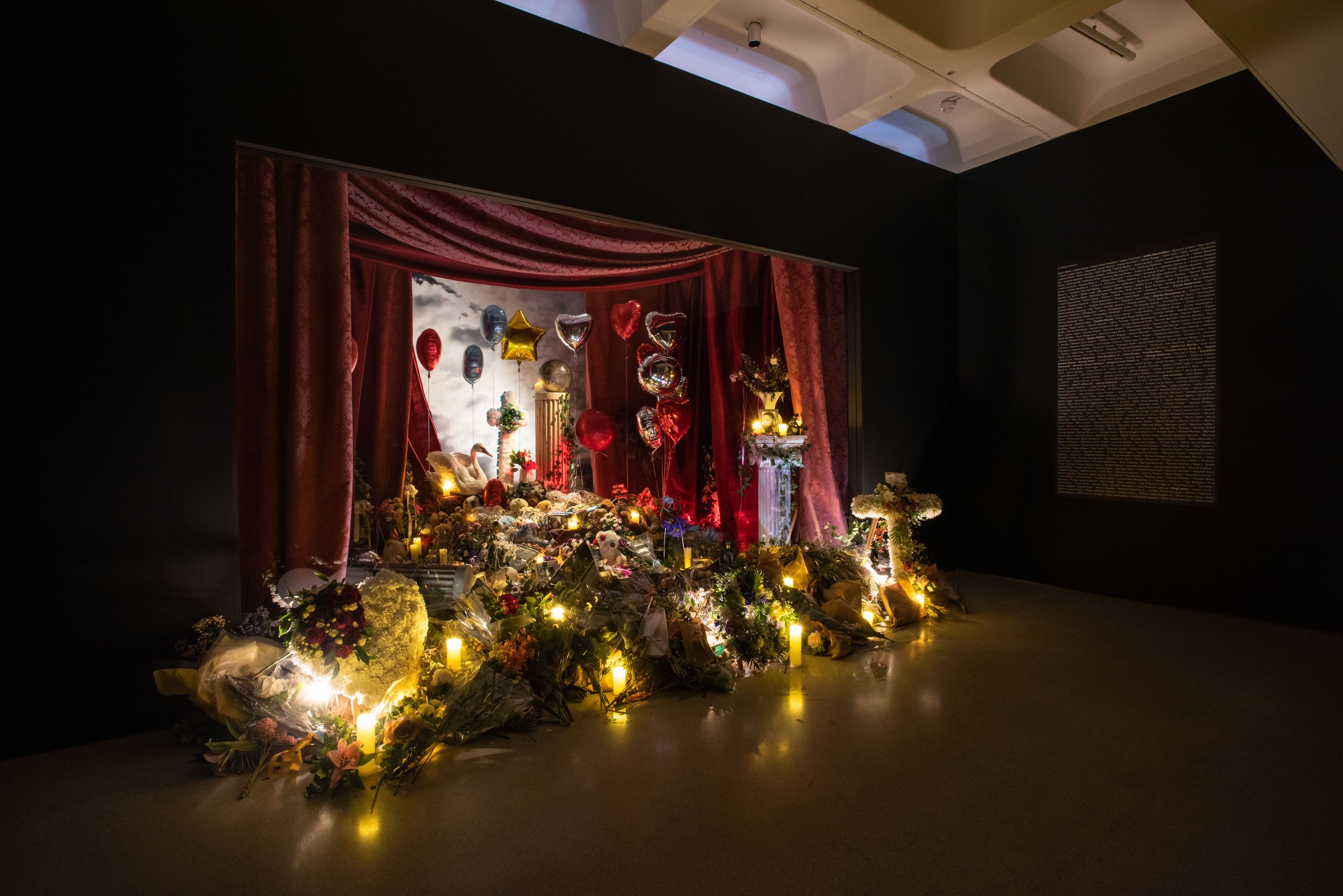
From Carrie Mae Weems: Reflections for Now, Barbican
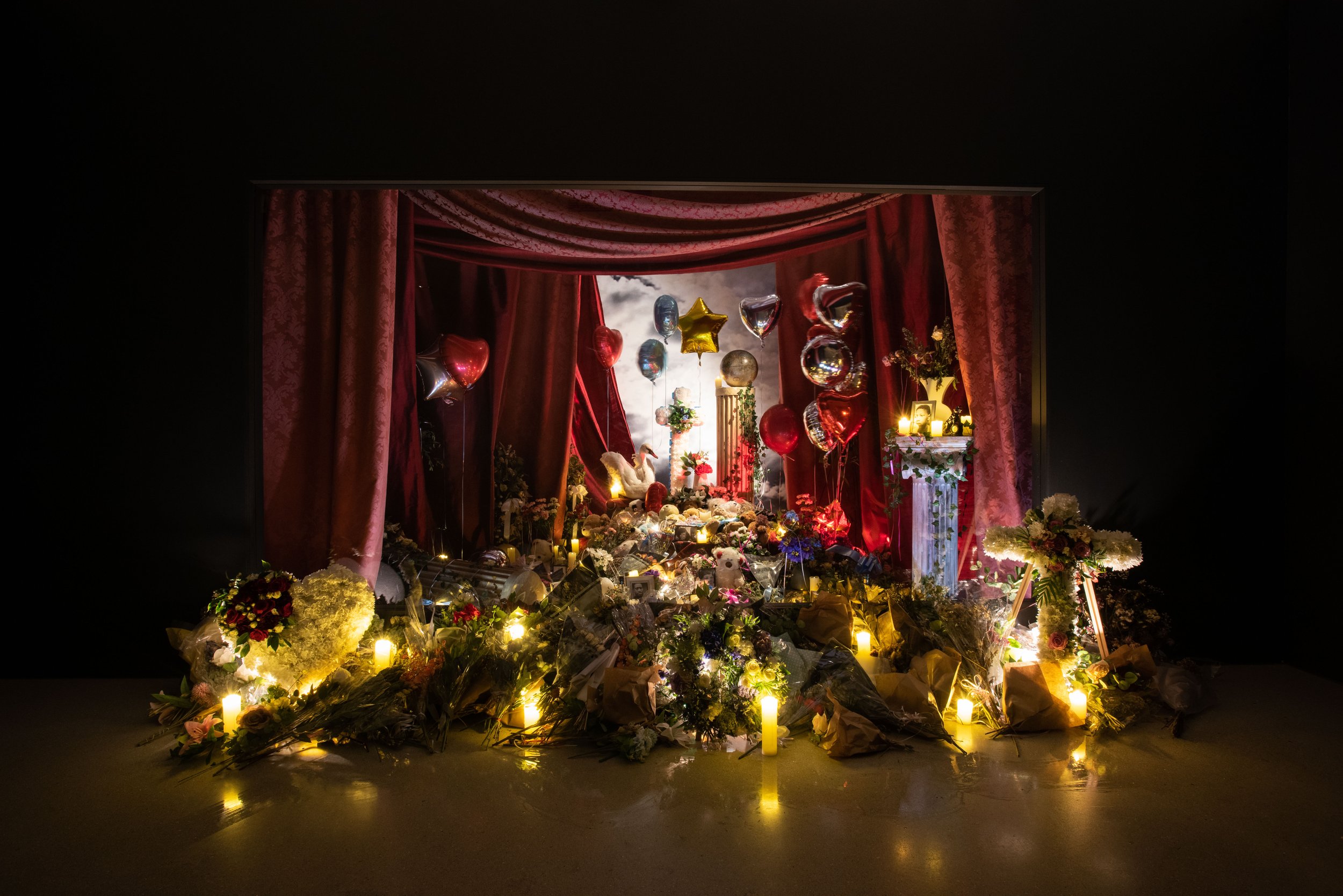


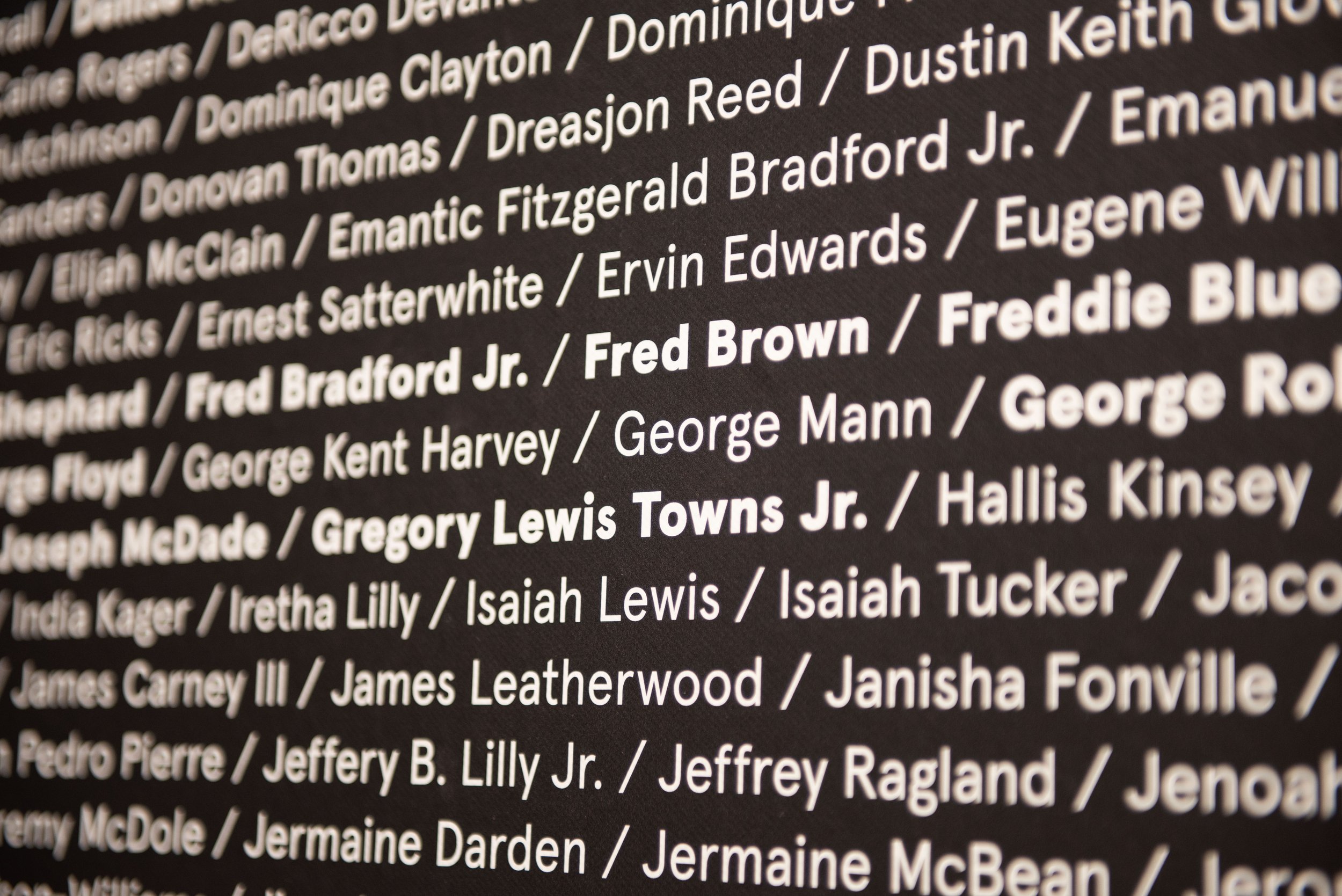
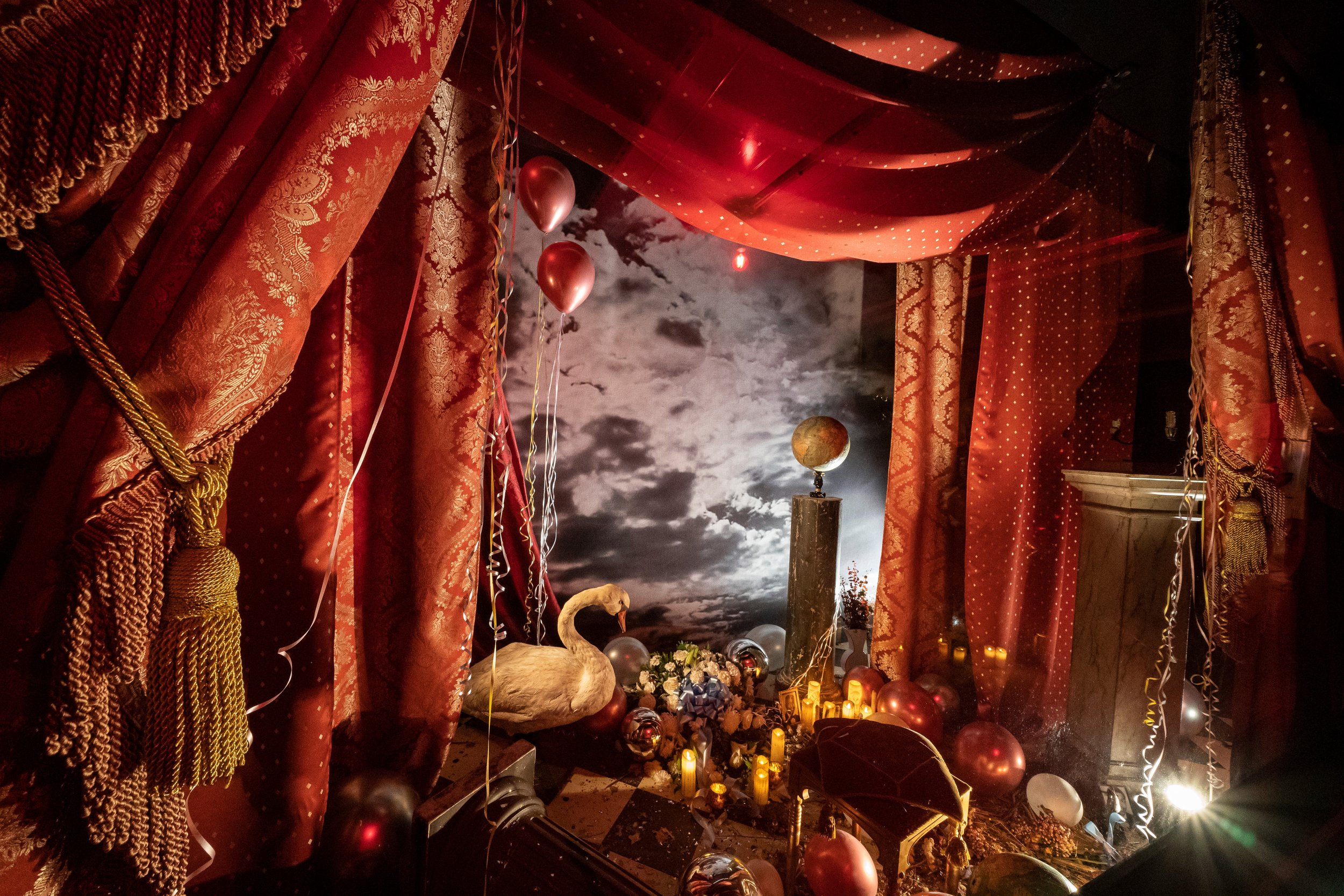
From The Shape of Things, Park Avenue Armory

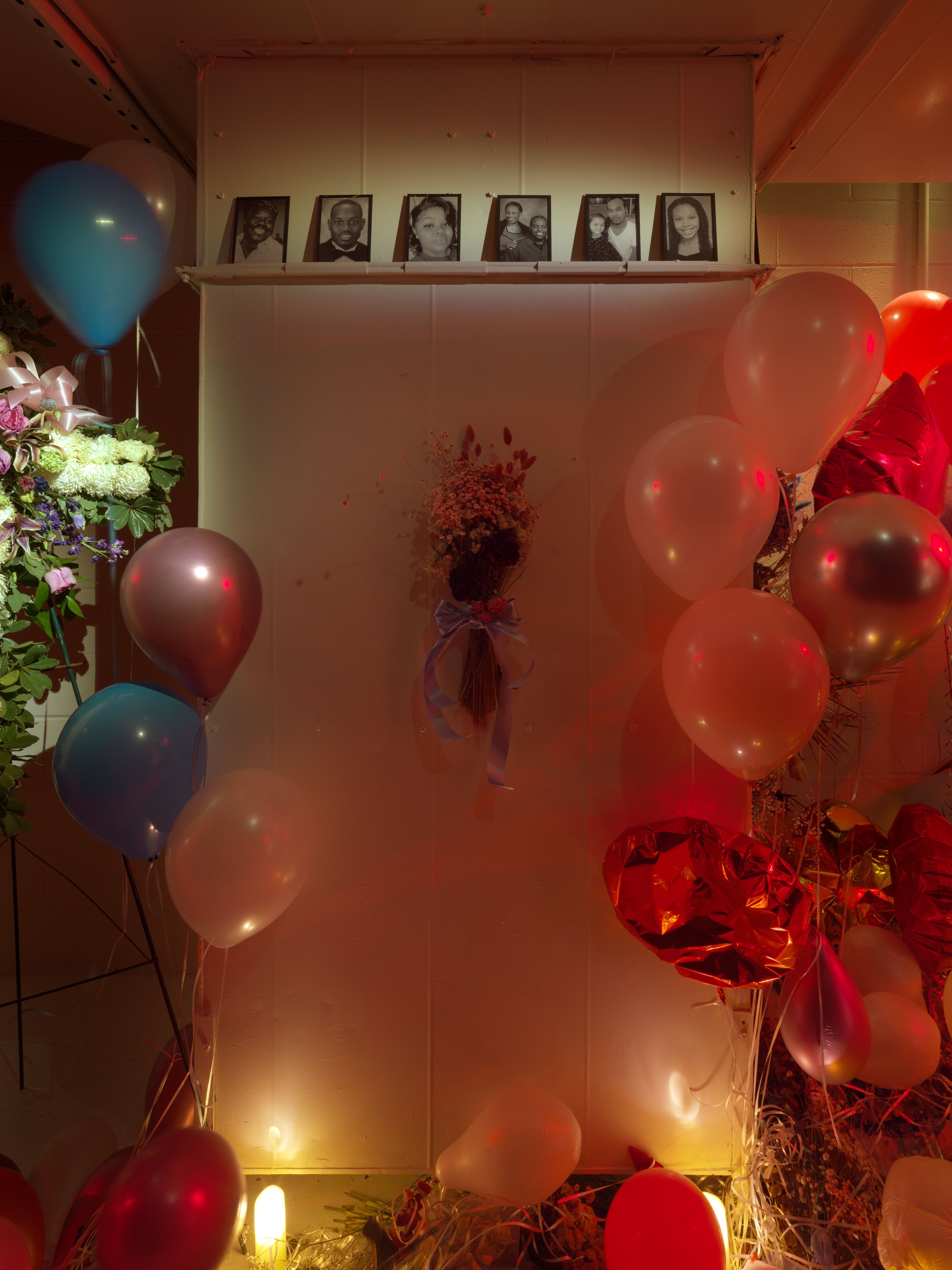

sarah lewis, Vision & Justice Project
Frieze New York 2021
The Vision & Justice Project is rooted in education and is dedicated to examining art’s central role in understanding the relationship between race and citizenship in the United States. The intention of the Tribute is to explore this examination and expand the reach of the Vision & Justice Project, in order to give potential new audiences access to a visual literacy that could change the way they see the world. In addition, critically acclaimed artists Carrie Mae Weems has been commissioned to create her own considered homages to the Vision & Justice Project for Frieze New York. Weems presented monumental images of unique book covers for the artists who were originally a part of the Vision & Justice Project.
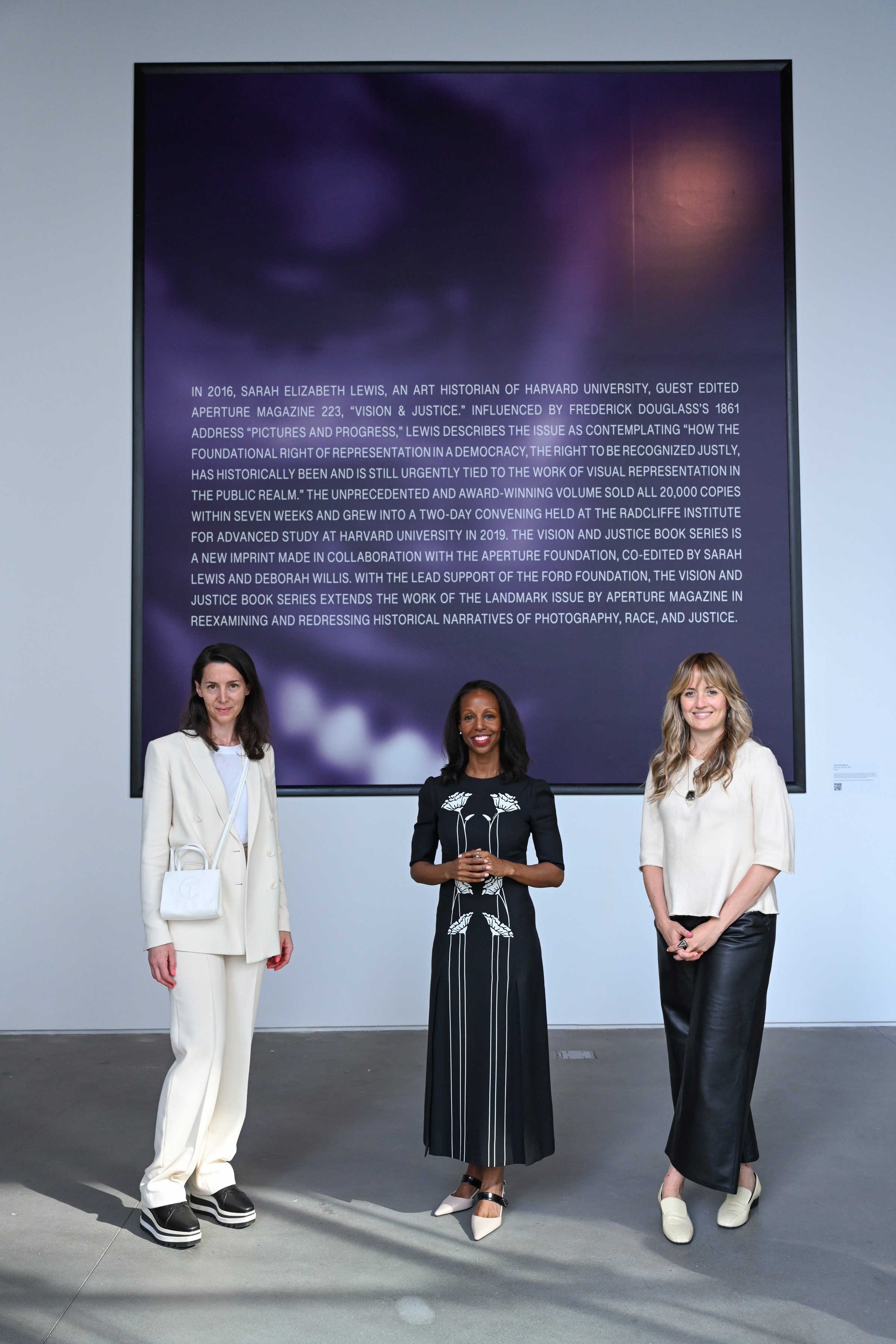
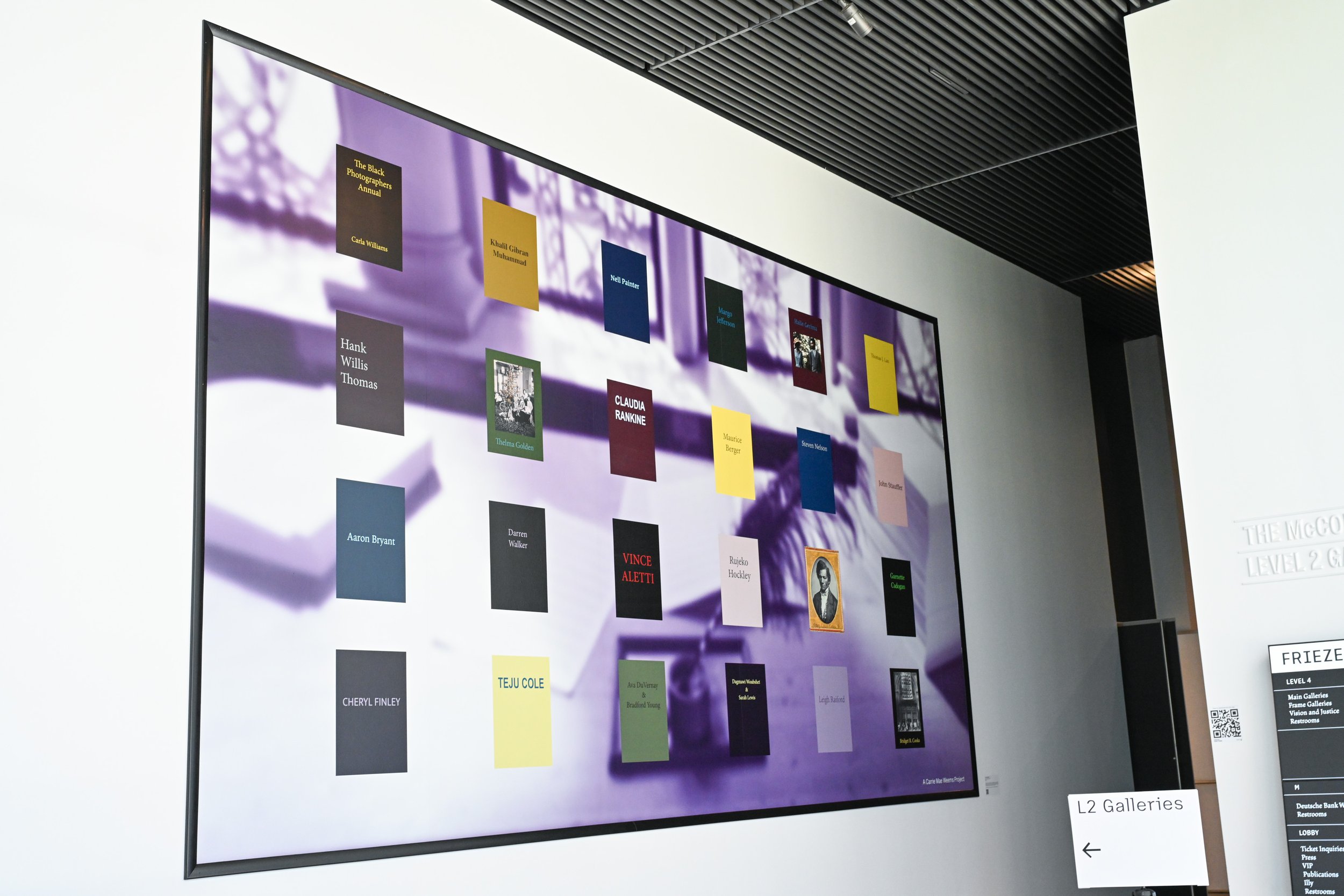
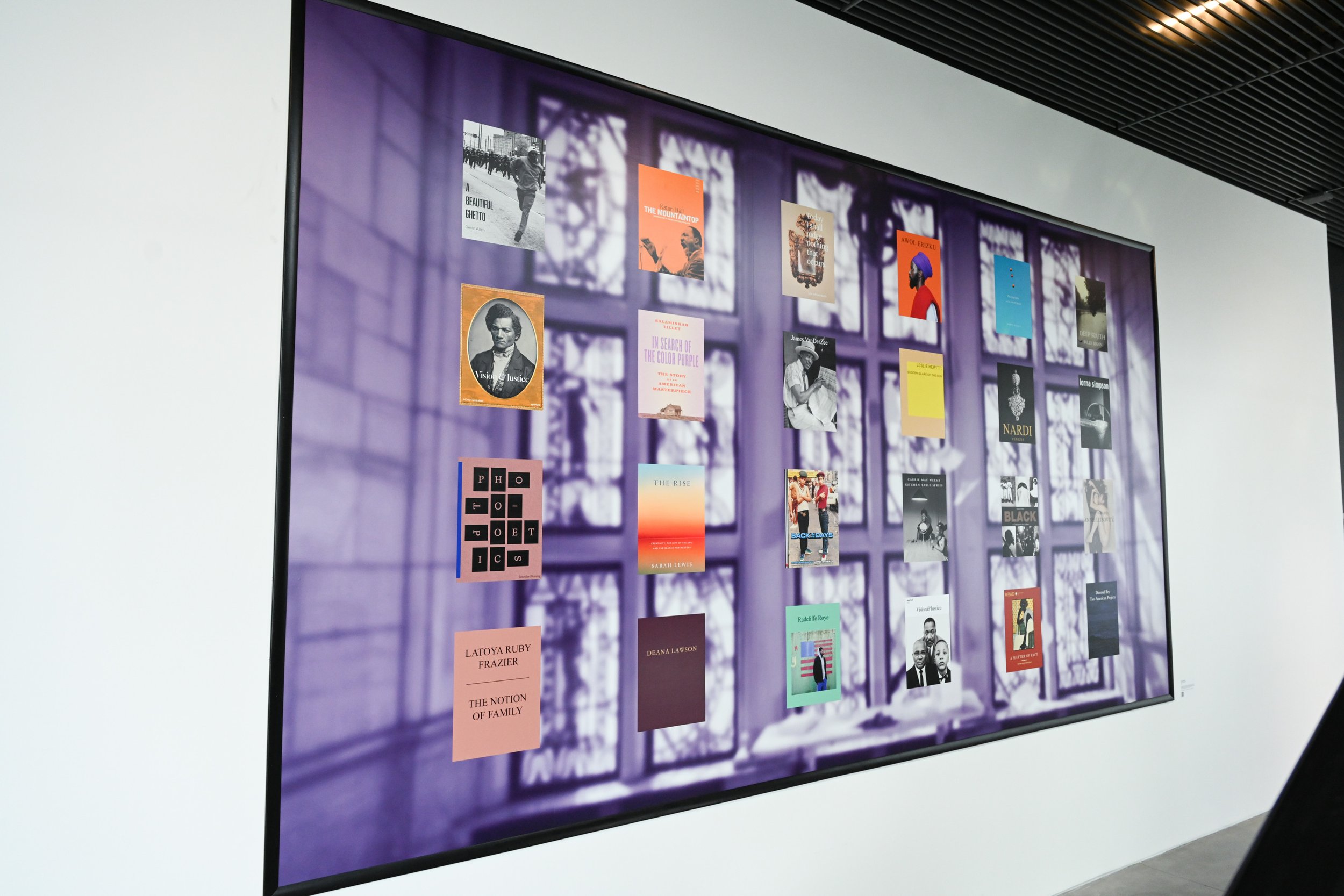
Varying Shades of Brown
Varying Shades of Brown is a project featuring major installations and programs across the entire campus of Brown University by the acclaimed artist Carrie Mae Weems (2006 Fellow and AAR Trustee). Weems, who is known for her conceptual, image-focused work, has been revered for over four decades.
Through a variety of mediums and activations, Weems renders historical moments uncanny to draw out the complexities of racial and gendered violence. Integrating artistic practice and arts research, Weems—in her role as the first Agnes Gund Professor of the Practice of Art and Social Justice at Brown Arts Institute (BAI)—collaborated closely with students in her course to develop Varying Shades of Brown. Across the 2023 fall semester, Carrie Mae Weems and Brown Arts Institute invite artists, thinkers, and way-makers to engage in an array of conversations, performances, and gatherings, including one of Weems’s large-scale convening. Members of the Brown and Providence communities, and beyond, are encouraged to join these ongoing dialogues and debates around the career-spanning themes of her work.

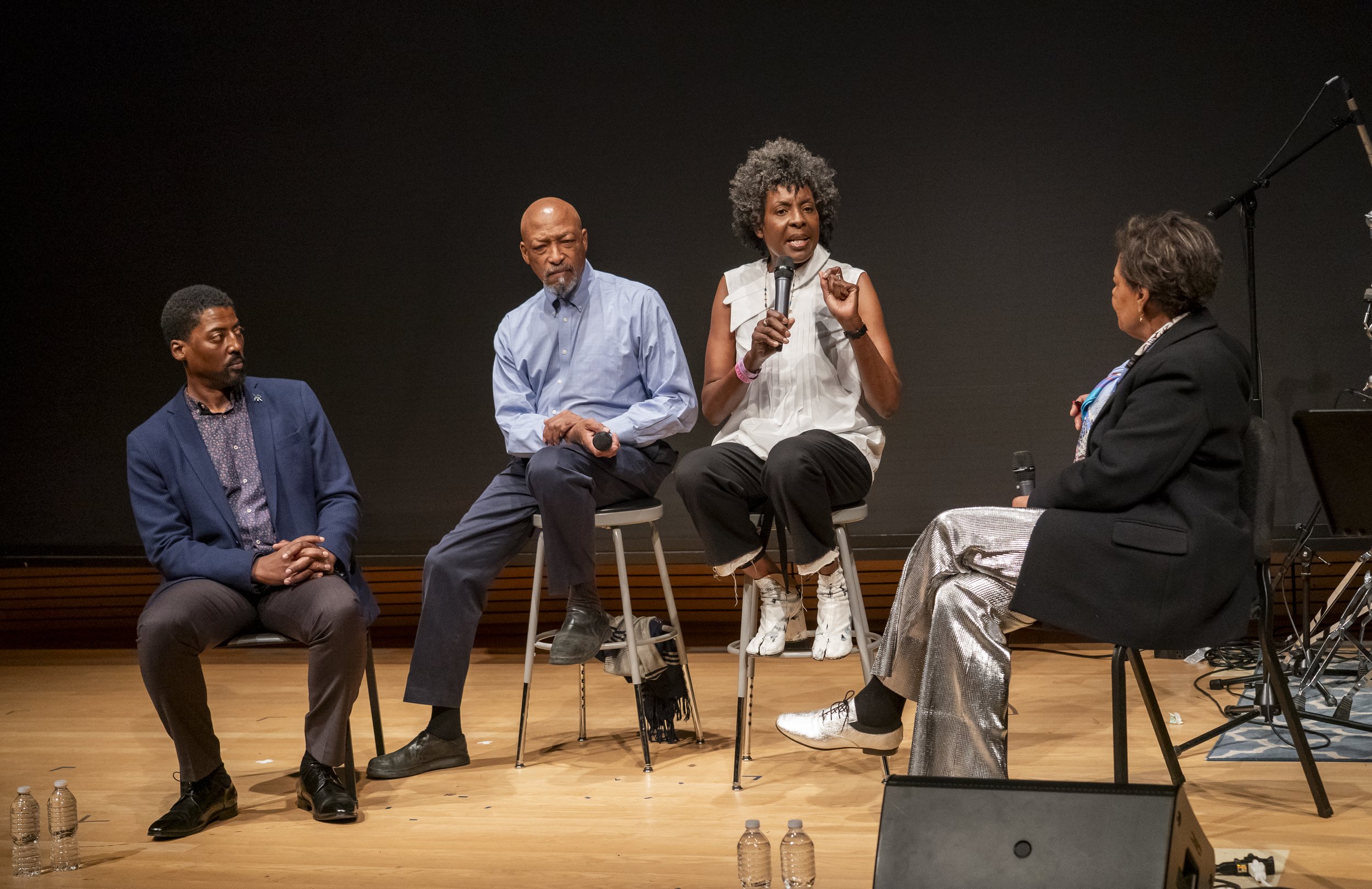

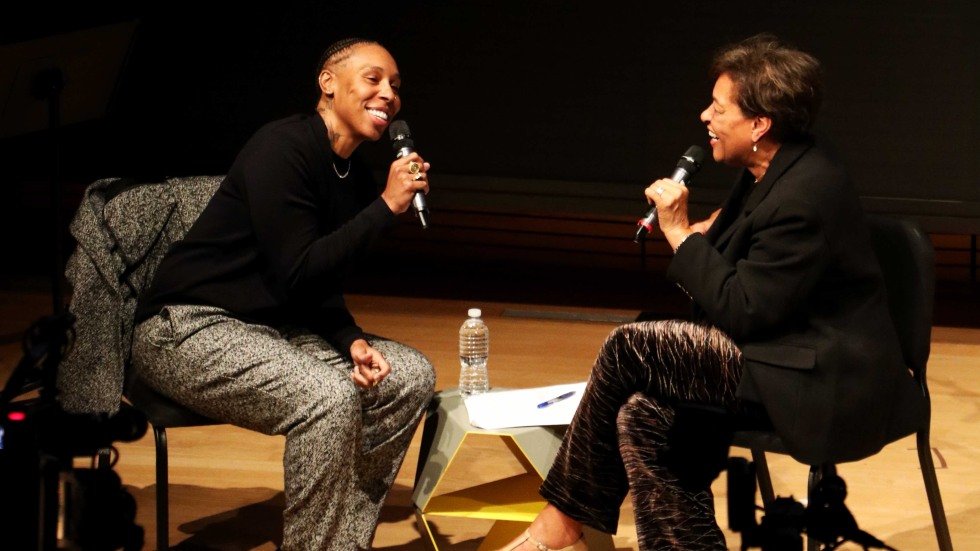

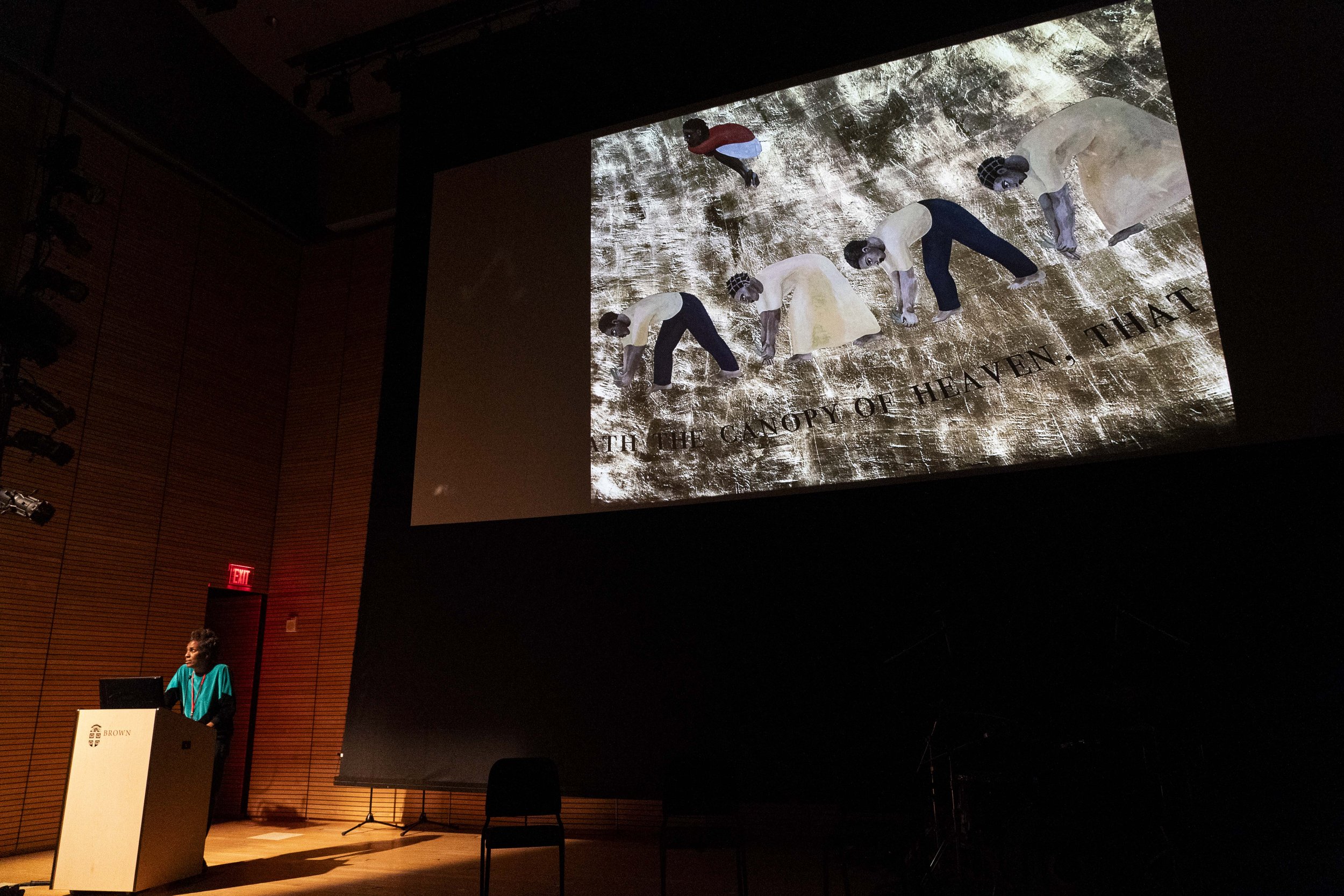
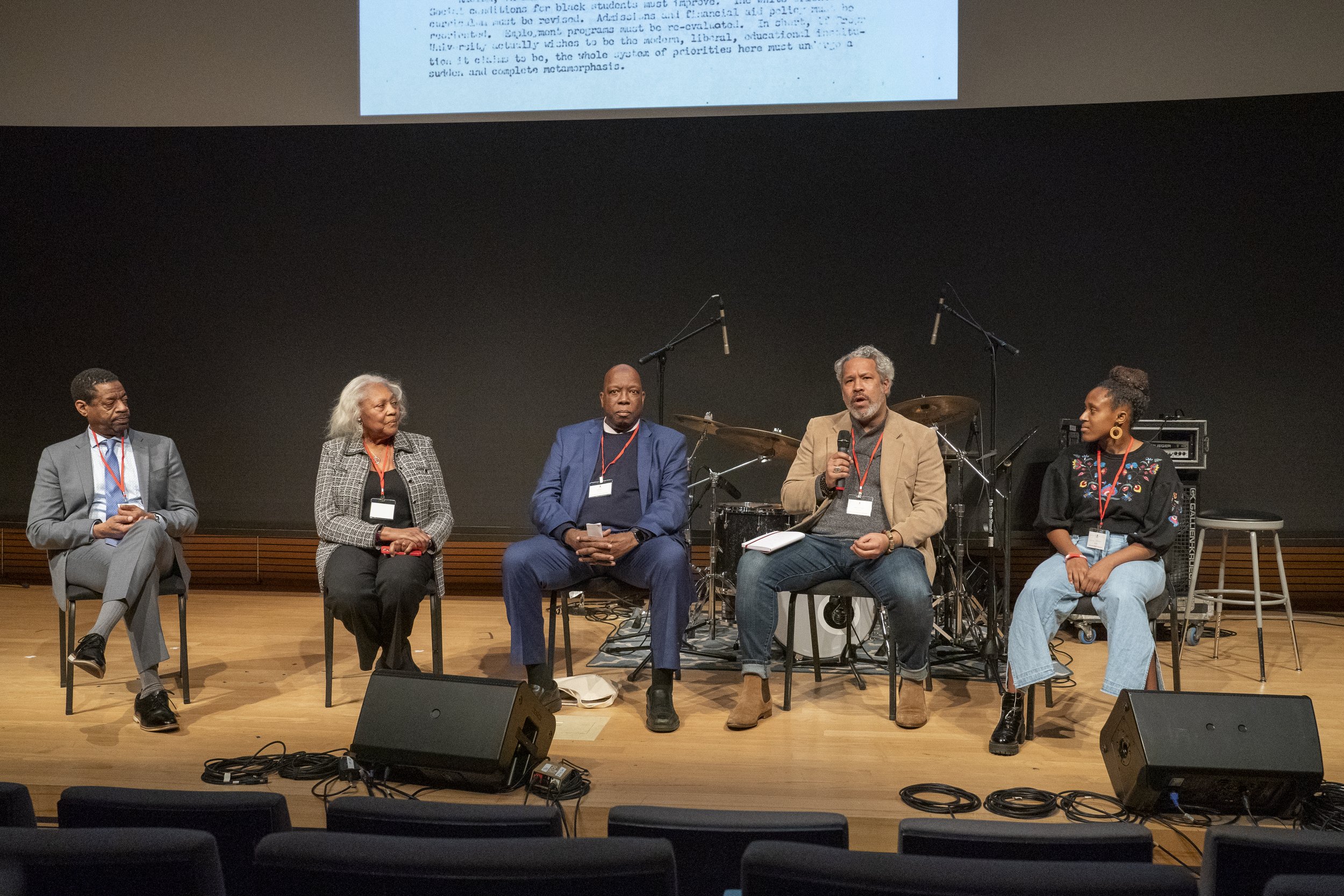
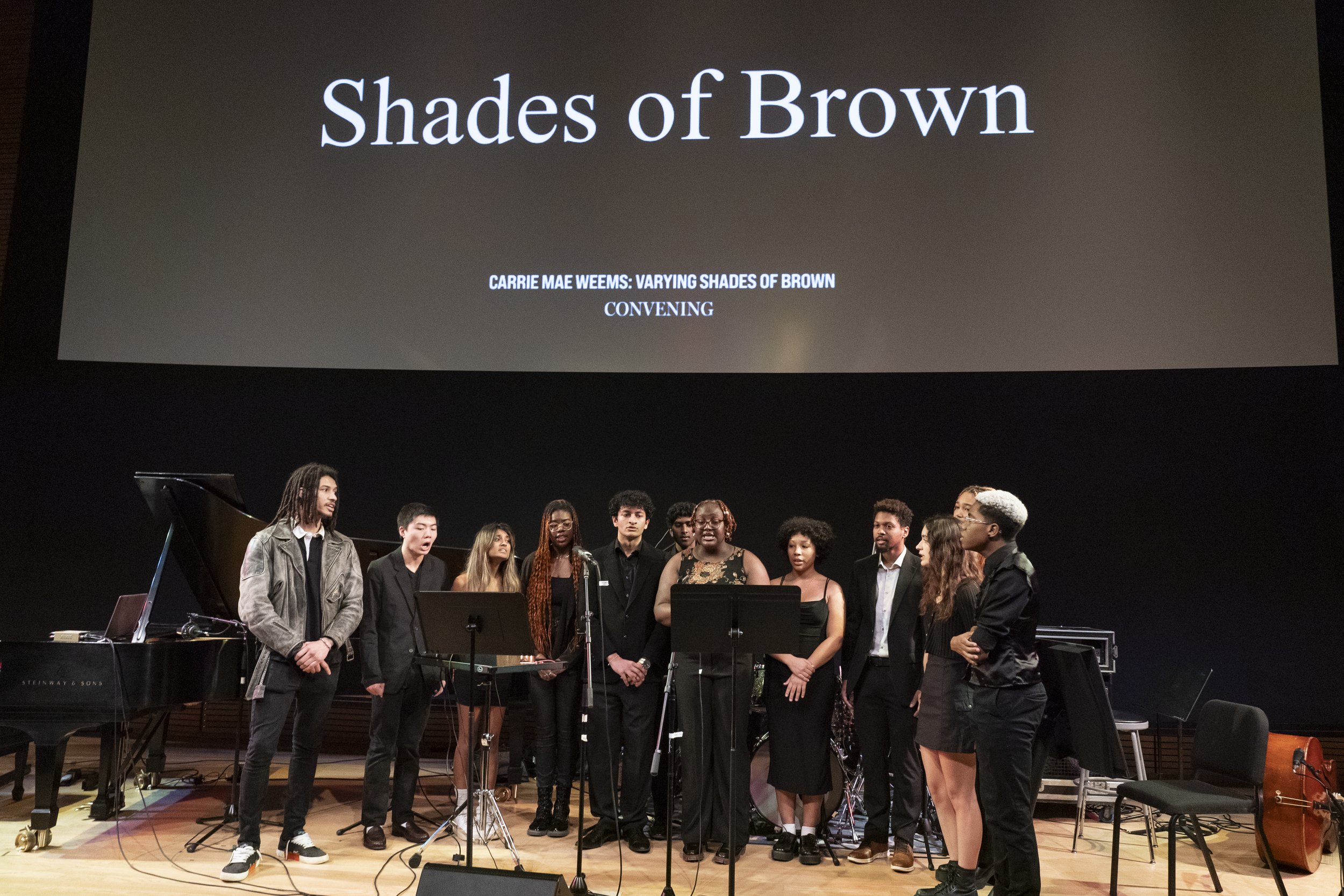
Guggenheim Presents
Carrie Mae Weems LIVE: PAst tense/future perfect
(NEW YORK, NY – March 26, 2014) – The Solomon R. Guggenheim Museum presents Carrie Mae Weems LIVE: Past Tense/Future Perfect, a weekend of public programs that includes interviews, music, panels, spoken word, videos, and other performances. Weems, a 2013 MacArthur Fellow, assembles an all-star cast of activists, artists, musicians, writers, and other internationally renowned guests in a series of museum sessions on the occasion of the current retrospective Carrie Mae Weems: Three Decades of Photography and Video, on view at the Guggenheim through May 14. Cohosted by Weems and Carl Hancock Rux, a poet, playwright, and recording artist, this multidisciplinary performance-salon focuses on contemporary cultural production by people of color in the areas of architecture, dance, film, literature, music, theater, and visual art, and the discourses around this production. Poets Elizabeth Alexander and Aja Monet will punctuate the proceedings with poetry and manifesto readings.
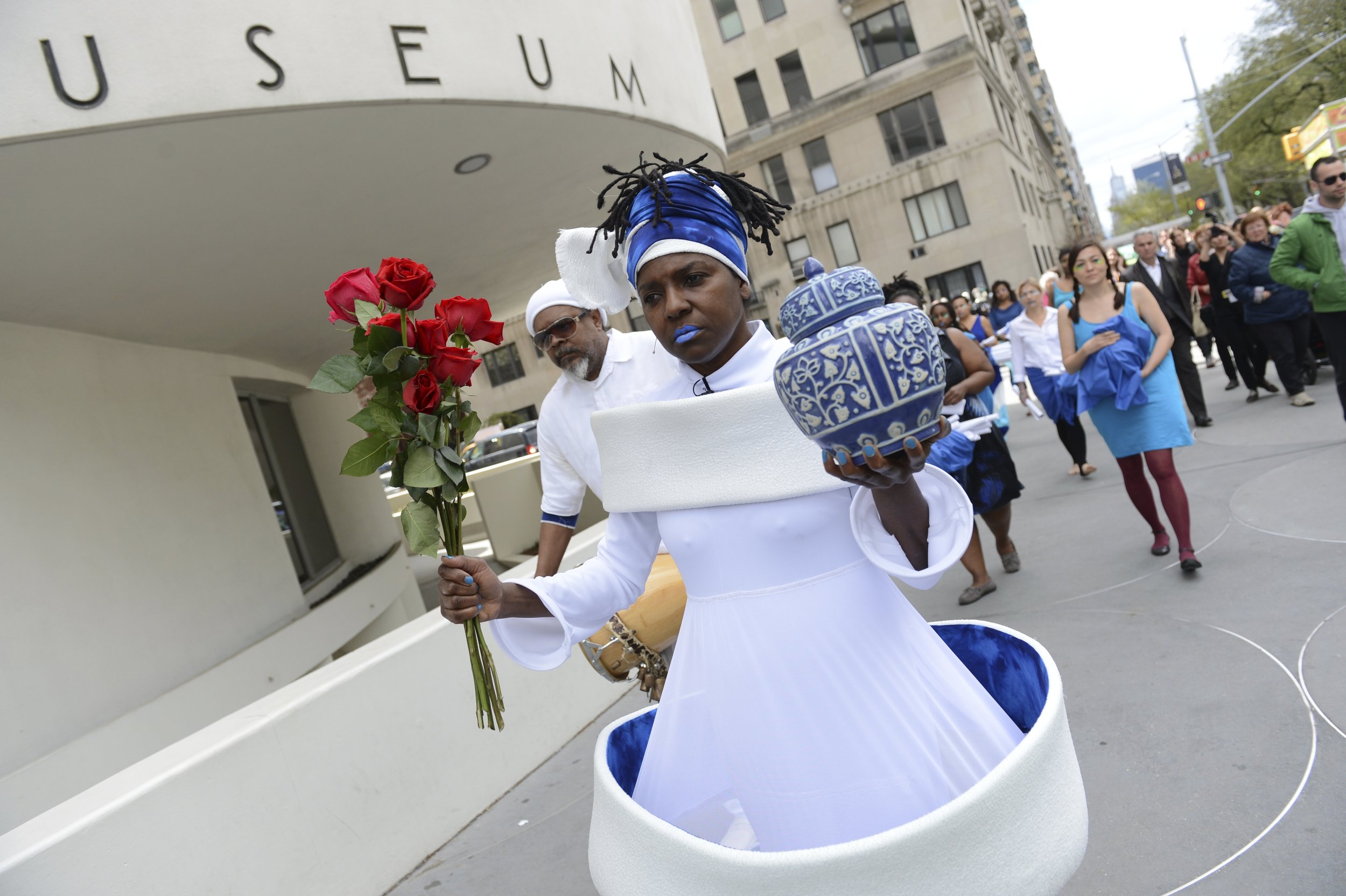

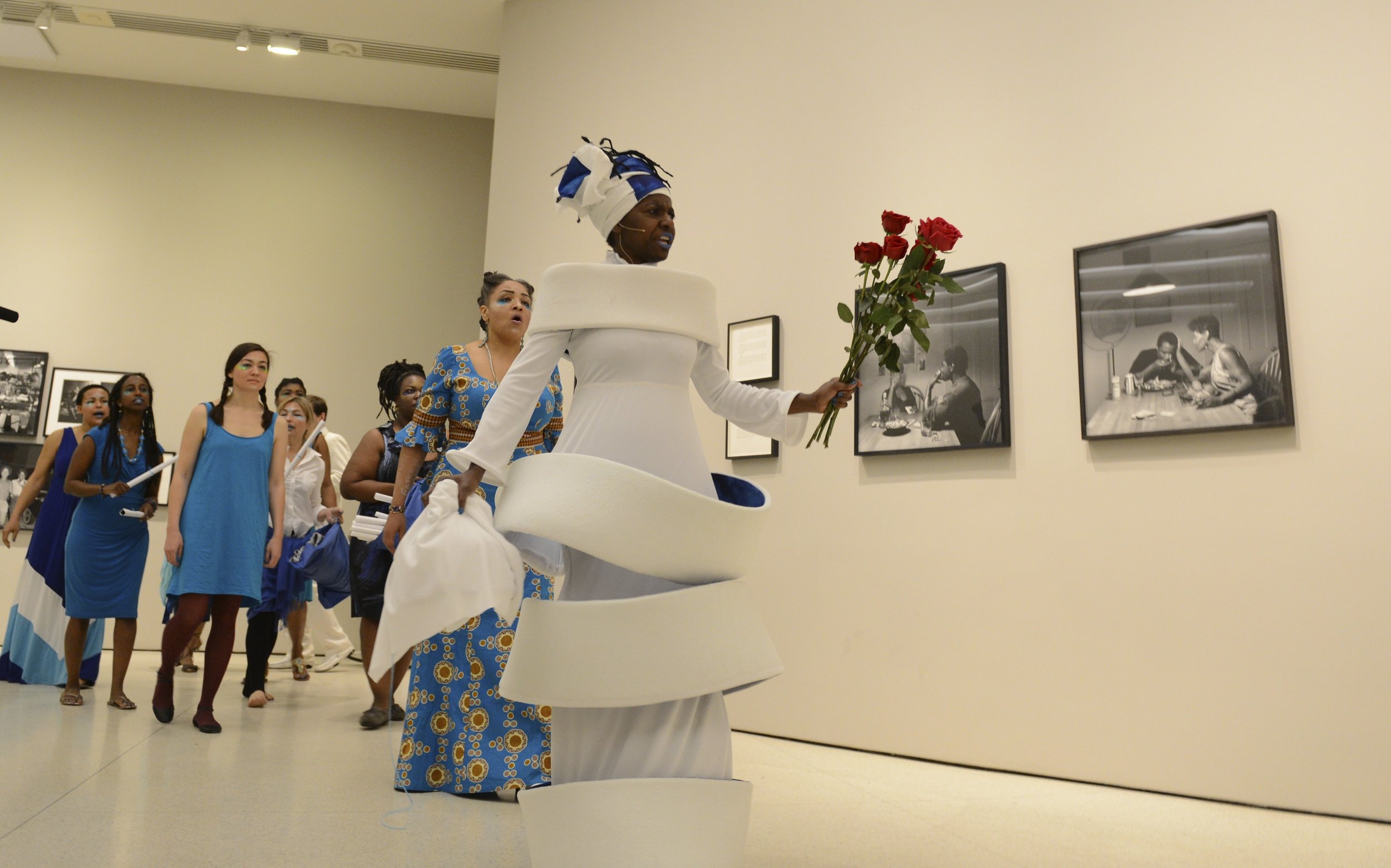
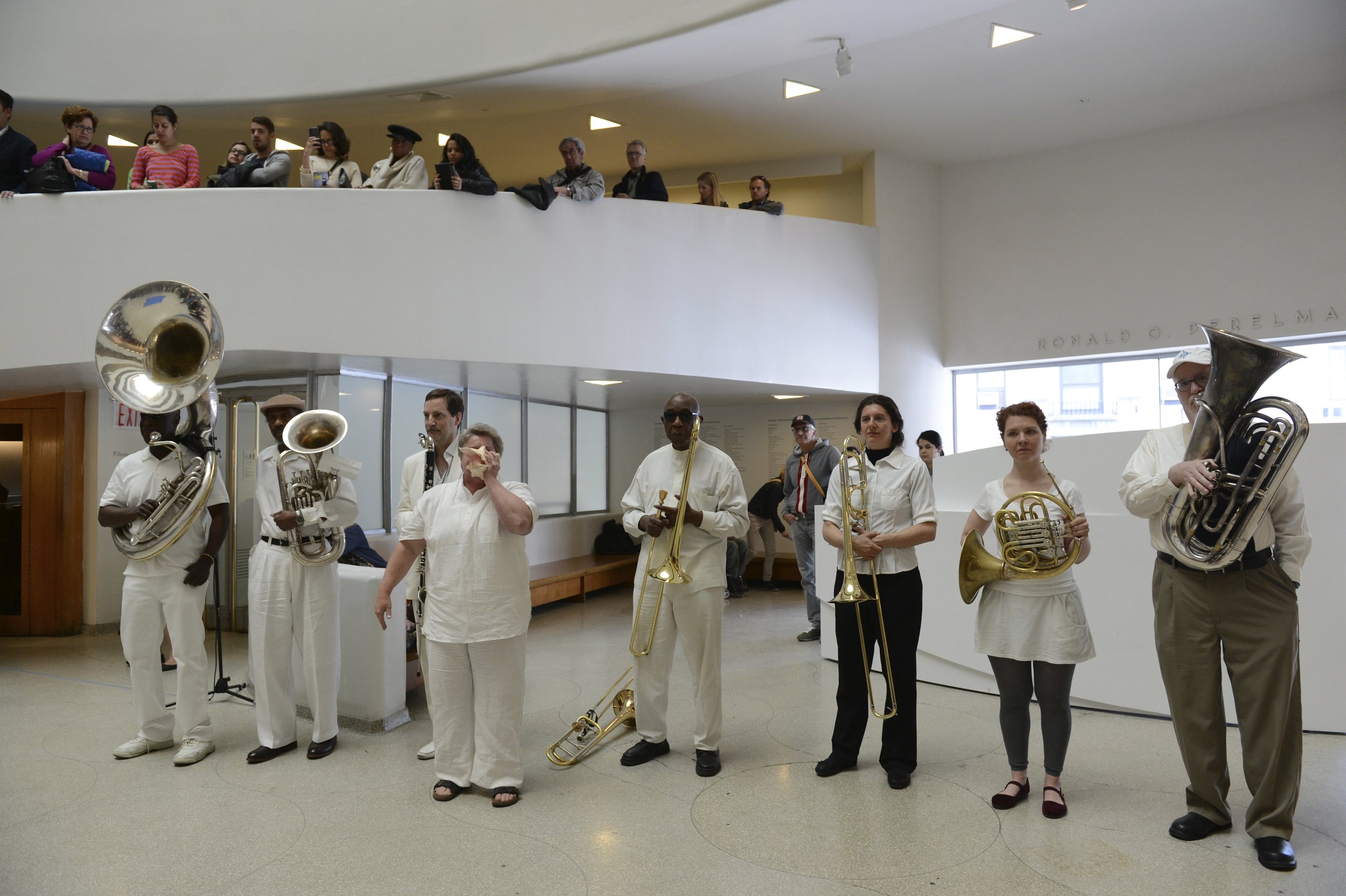
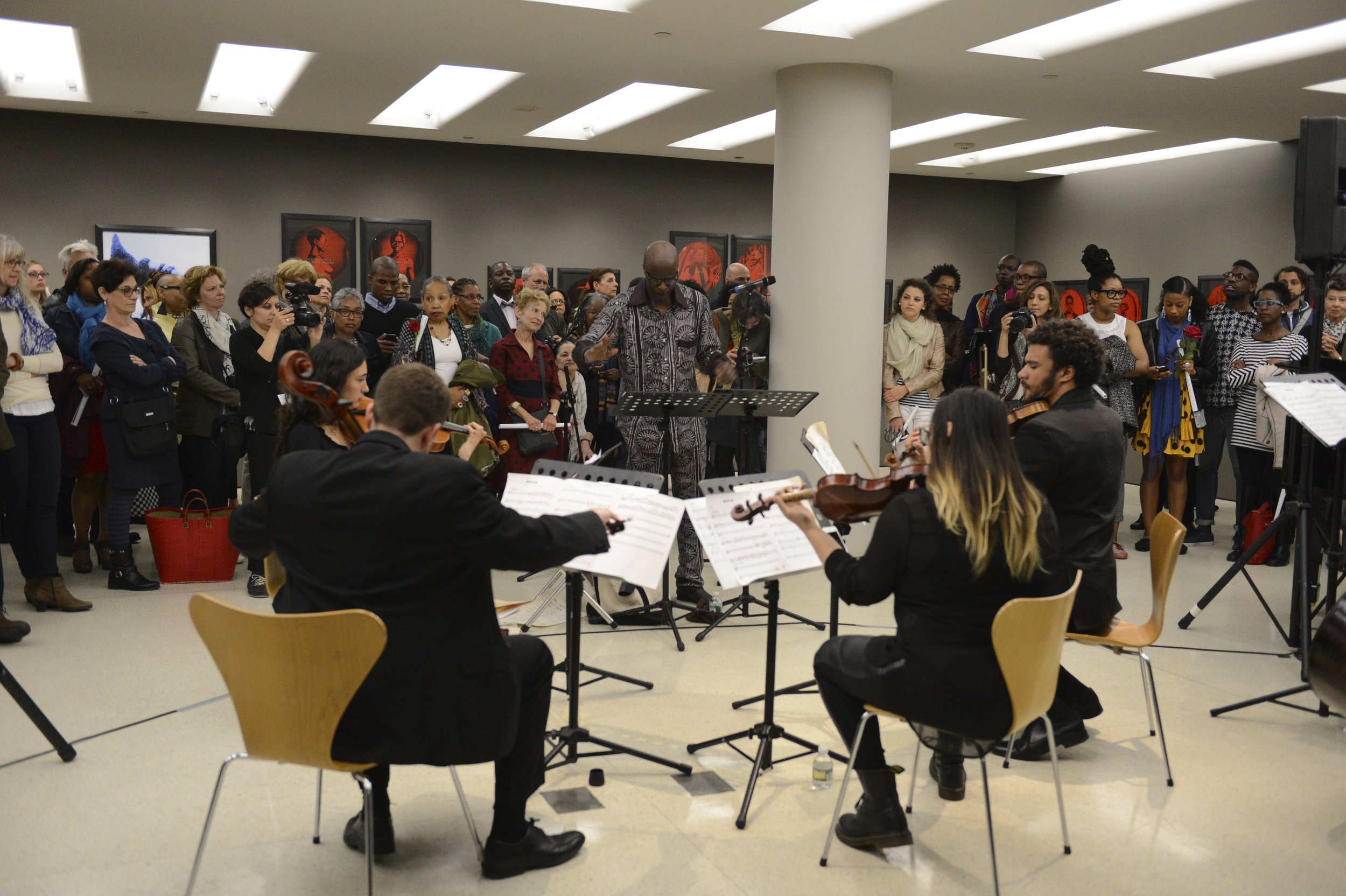
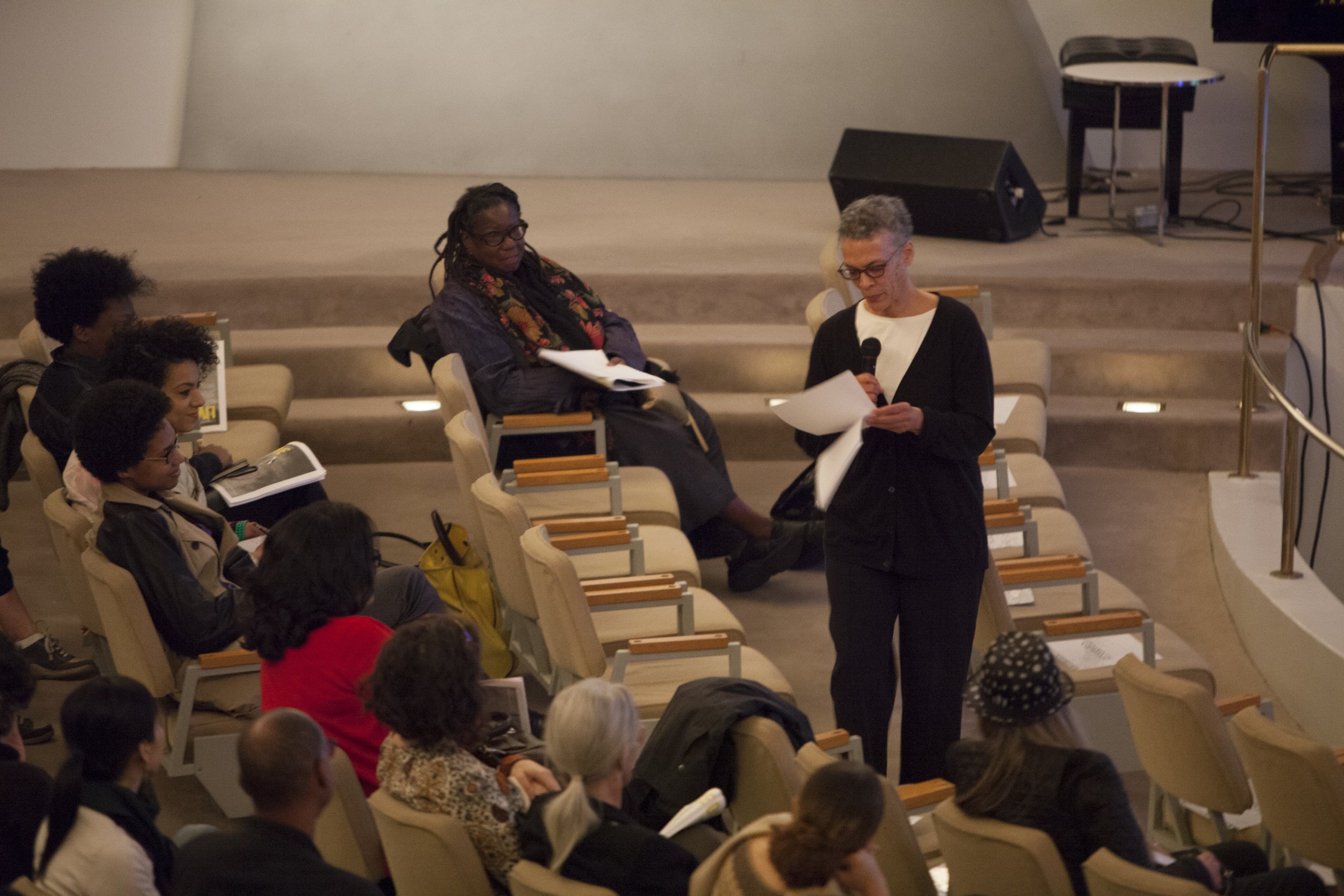
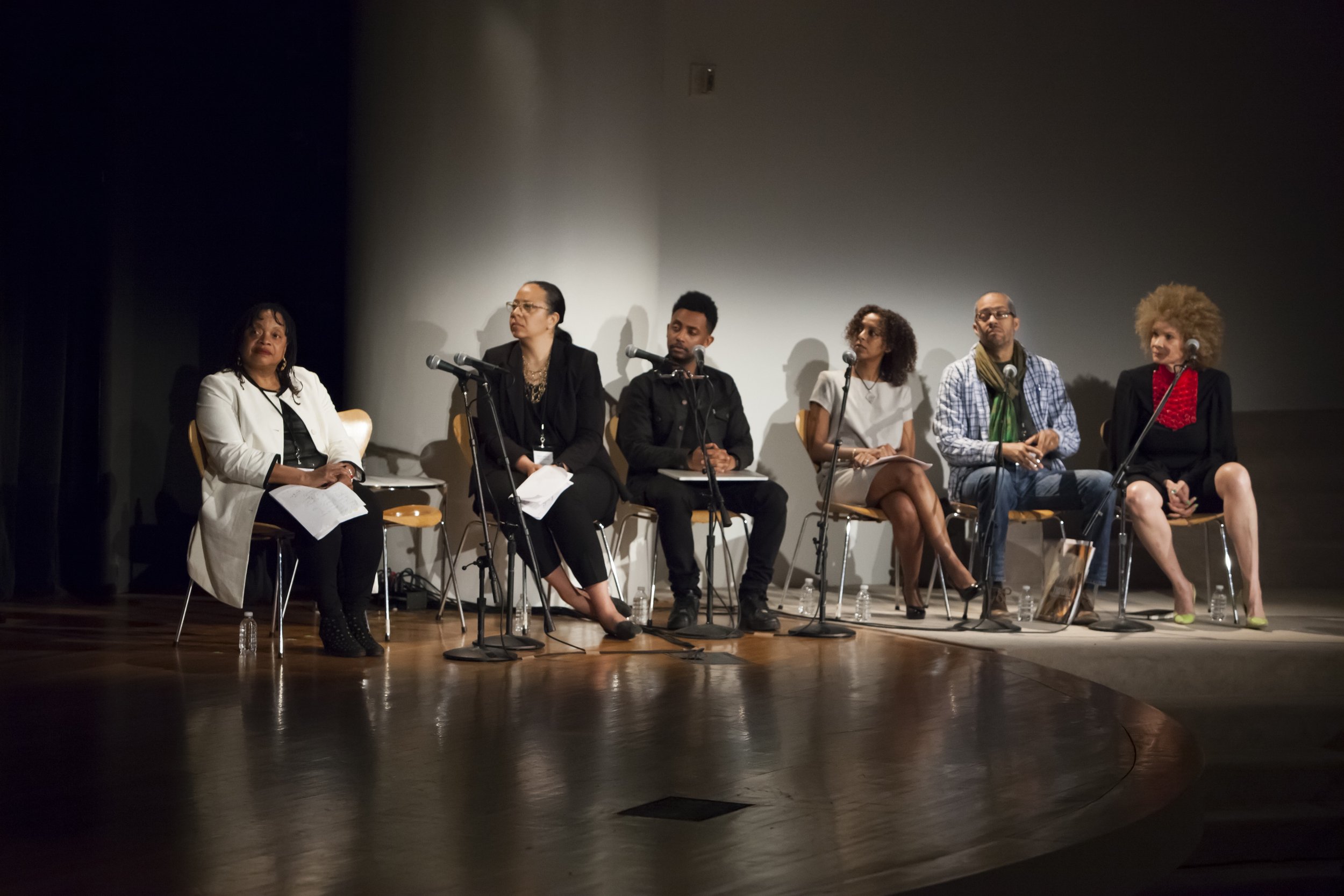
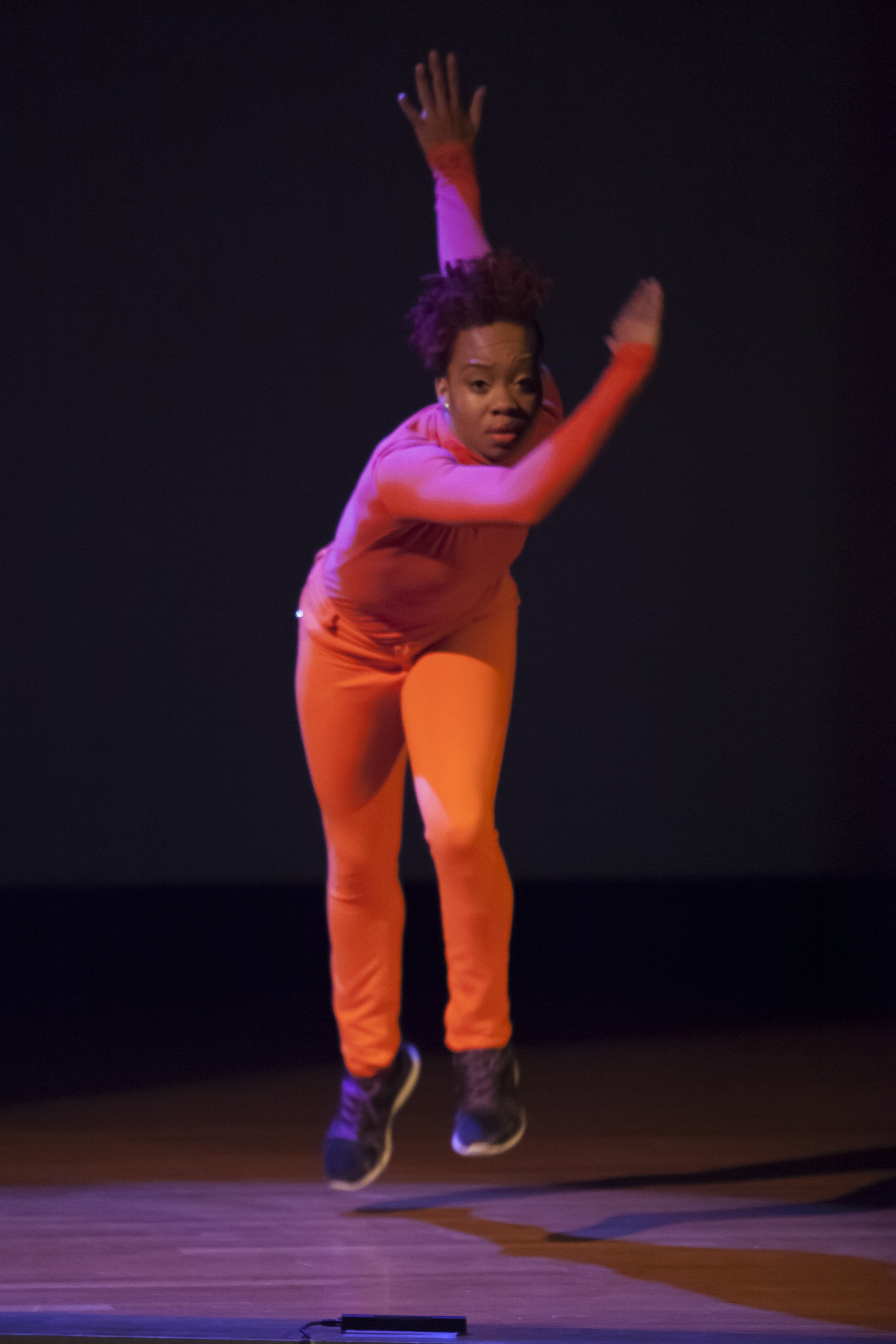


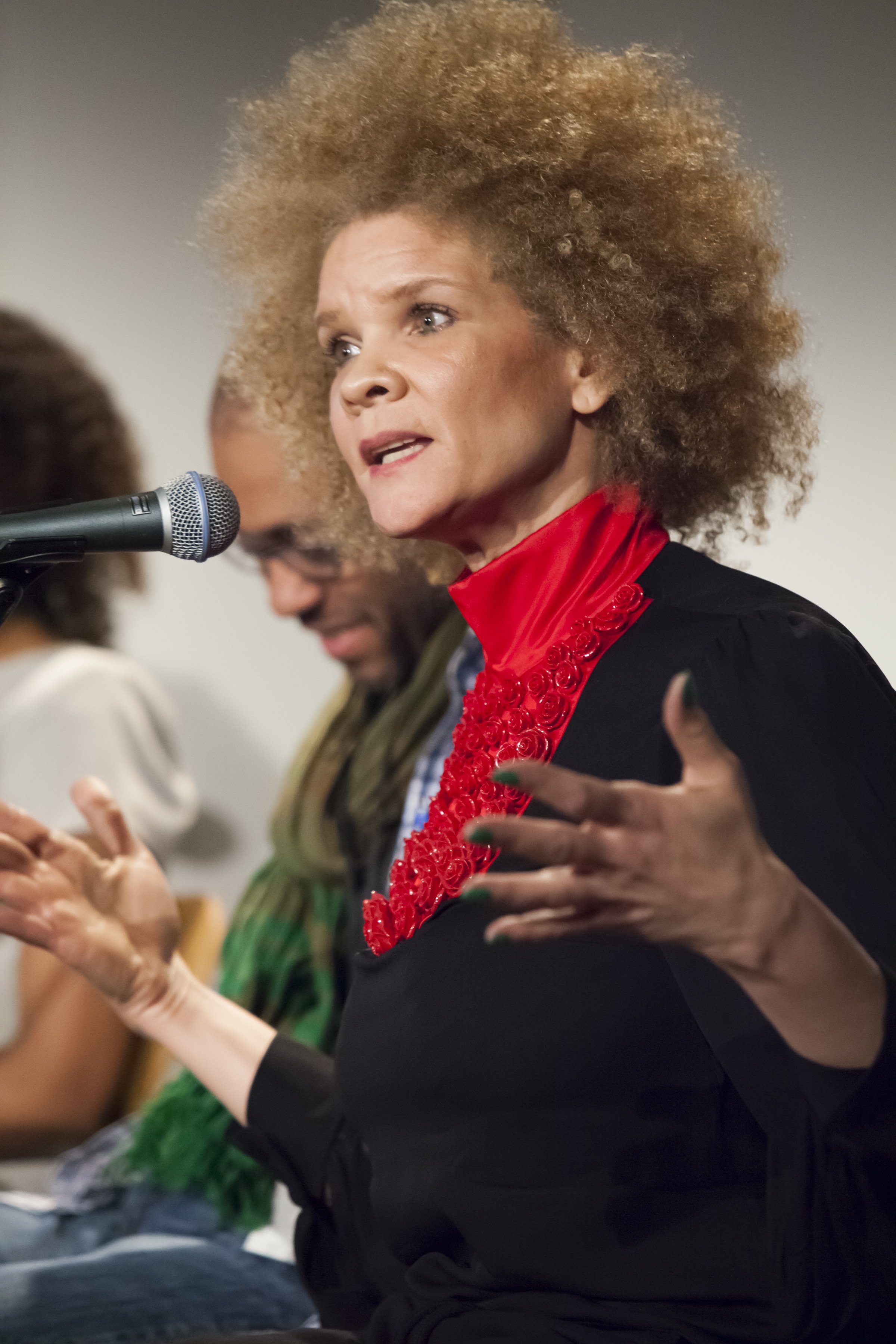
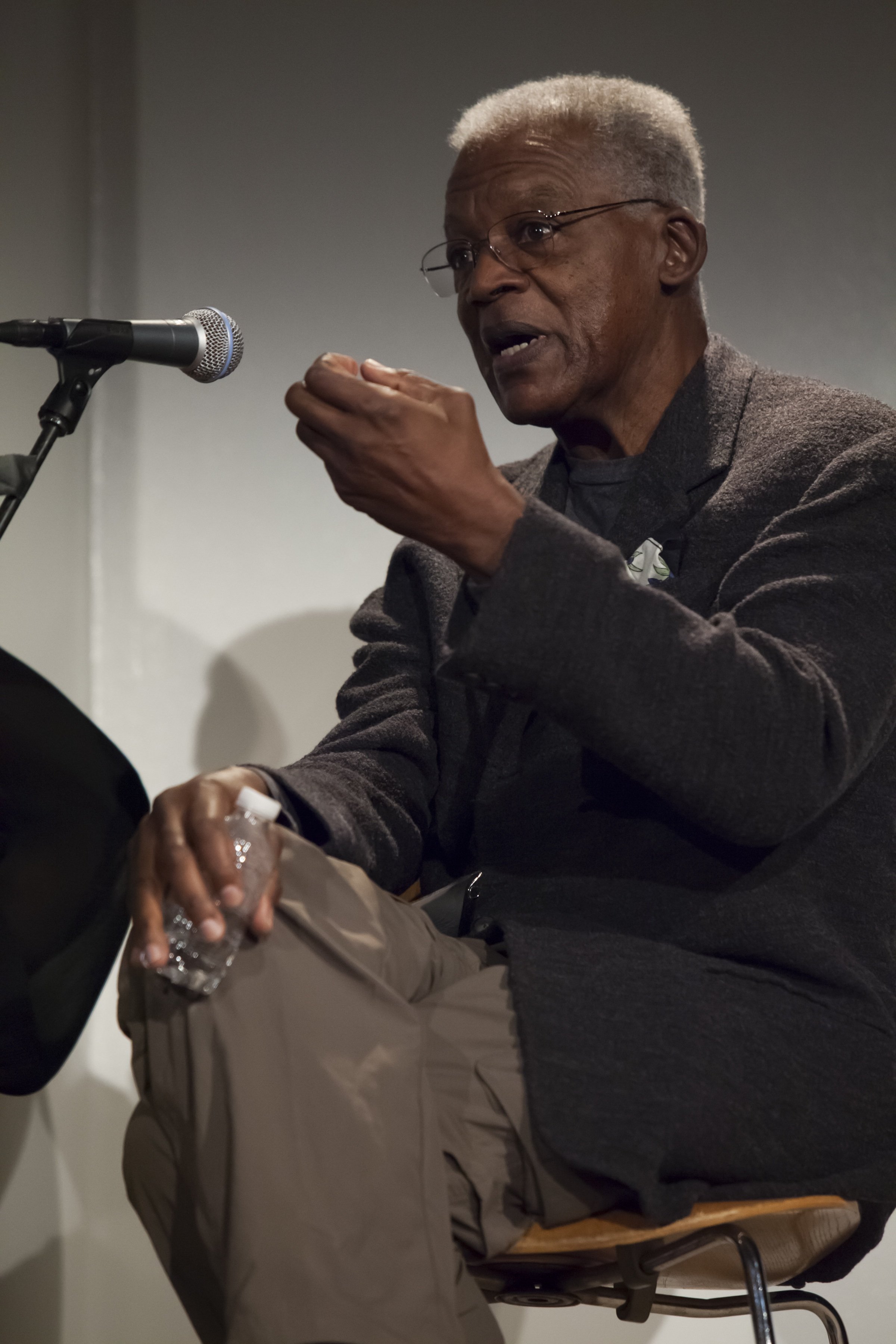
Guggenheim Presents
Carrie Mae Weems: Three Decades of Photography and Video
The exhibition traces the evolution of Weems’s career over the last 30 years, from her early documentary and autobiographical photographic series to the more conceptual and philosophically complex works that have placed her at the forefront of contemporary art. Although Weems employs a variety of means to address an array of issues, all of her work displays an overarching commitment to better understanding the present by closely examining history and identity. It also contains a desire for universality: while African Americans are typically her primary subjects, Weems wants “people of color to stand for the human multitudes” and for her art to resonate with all audiences.
